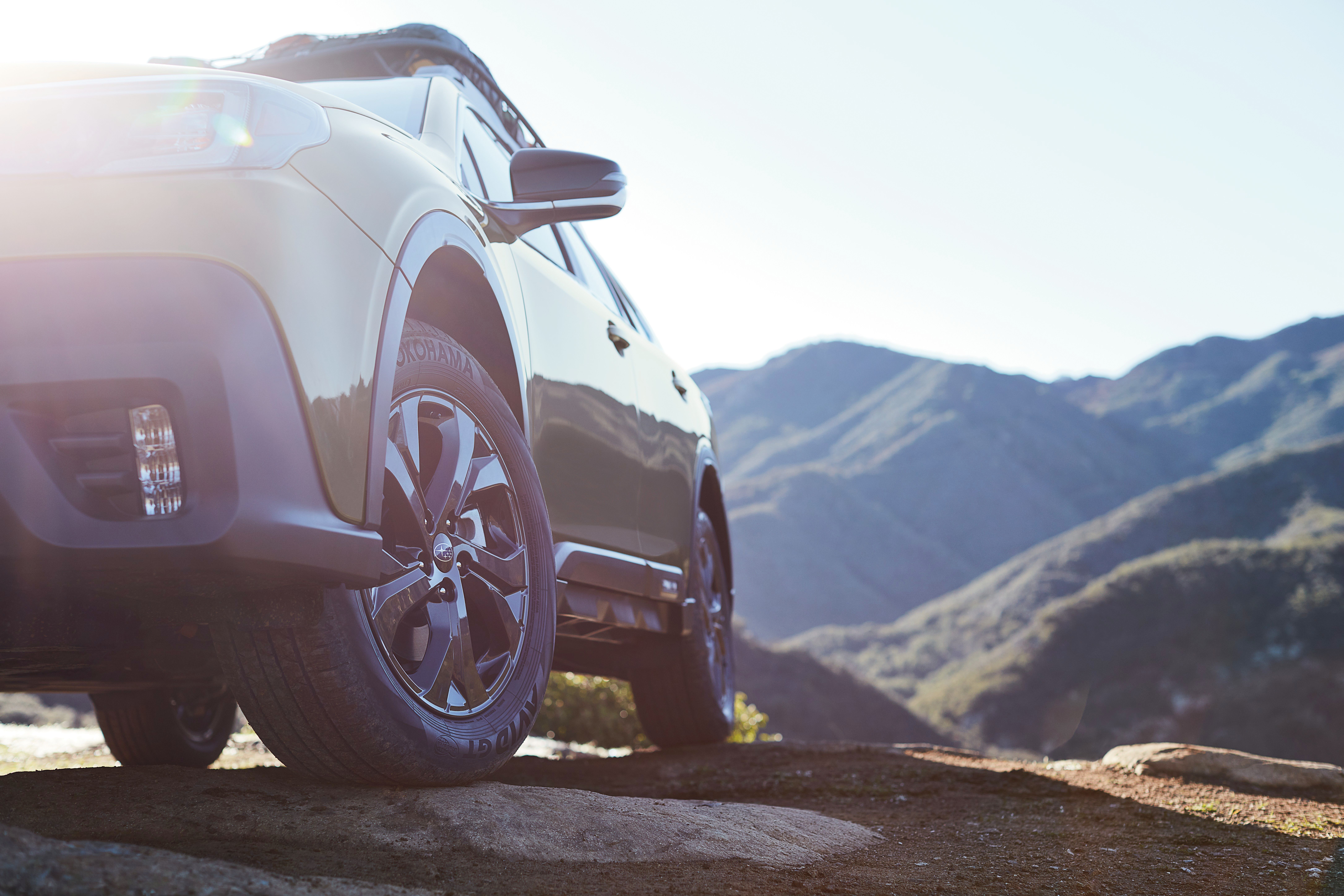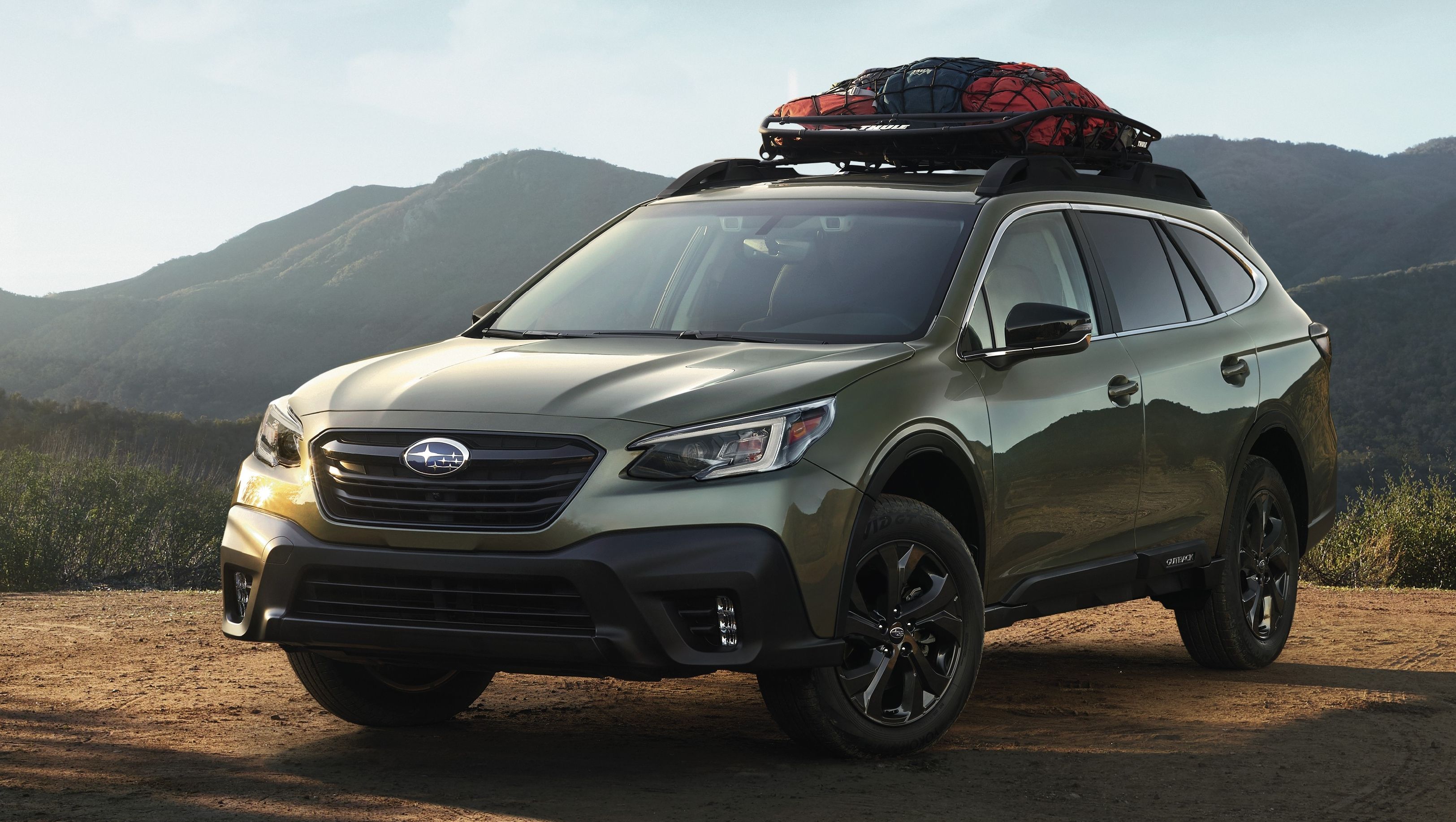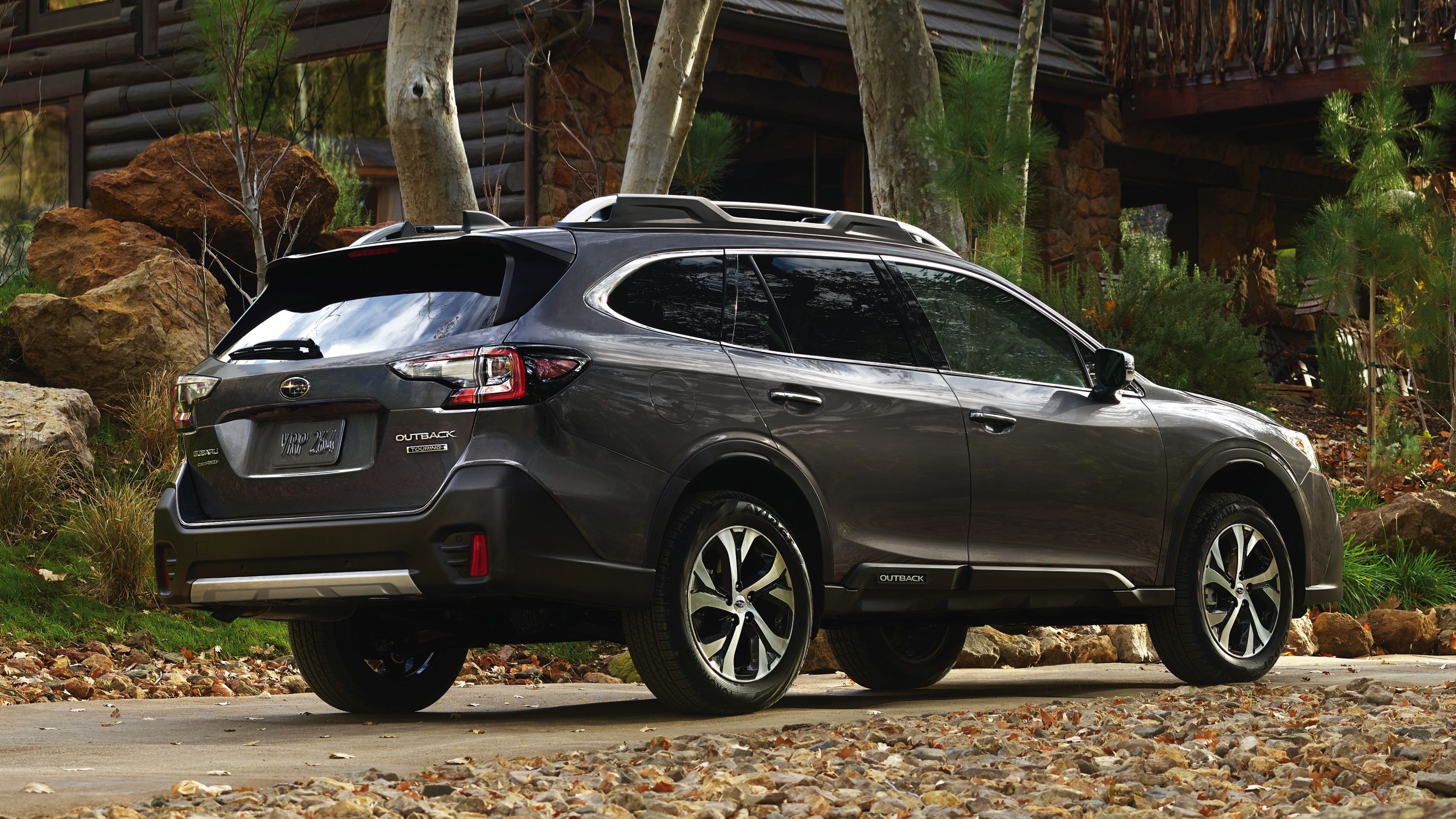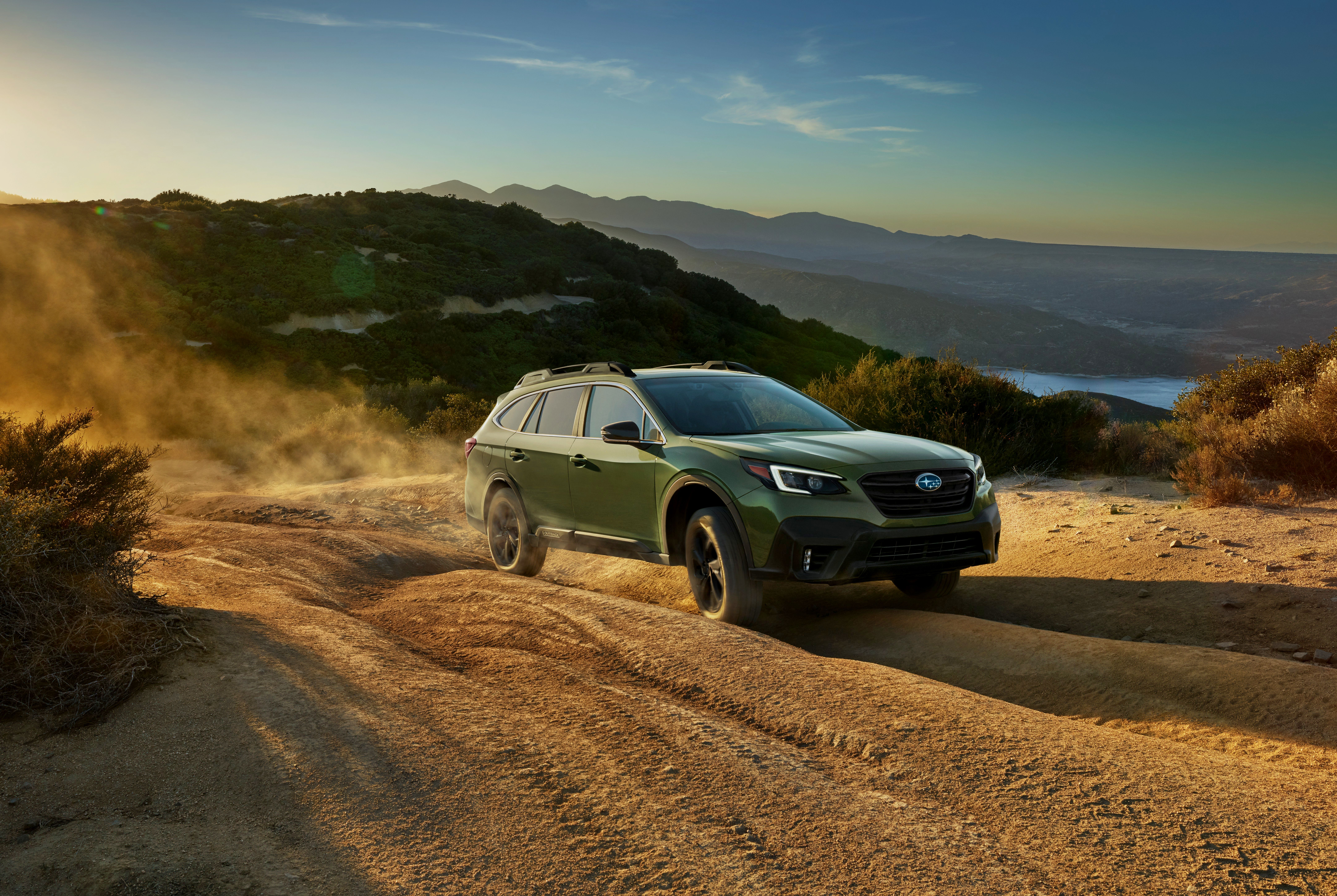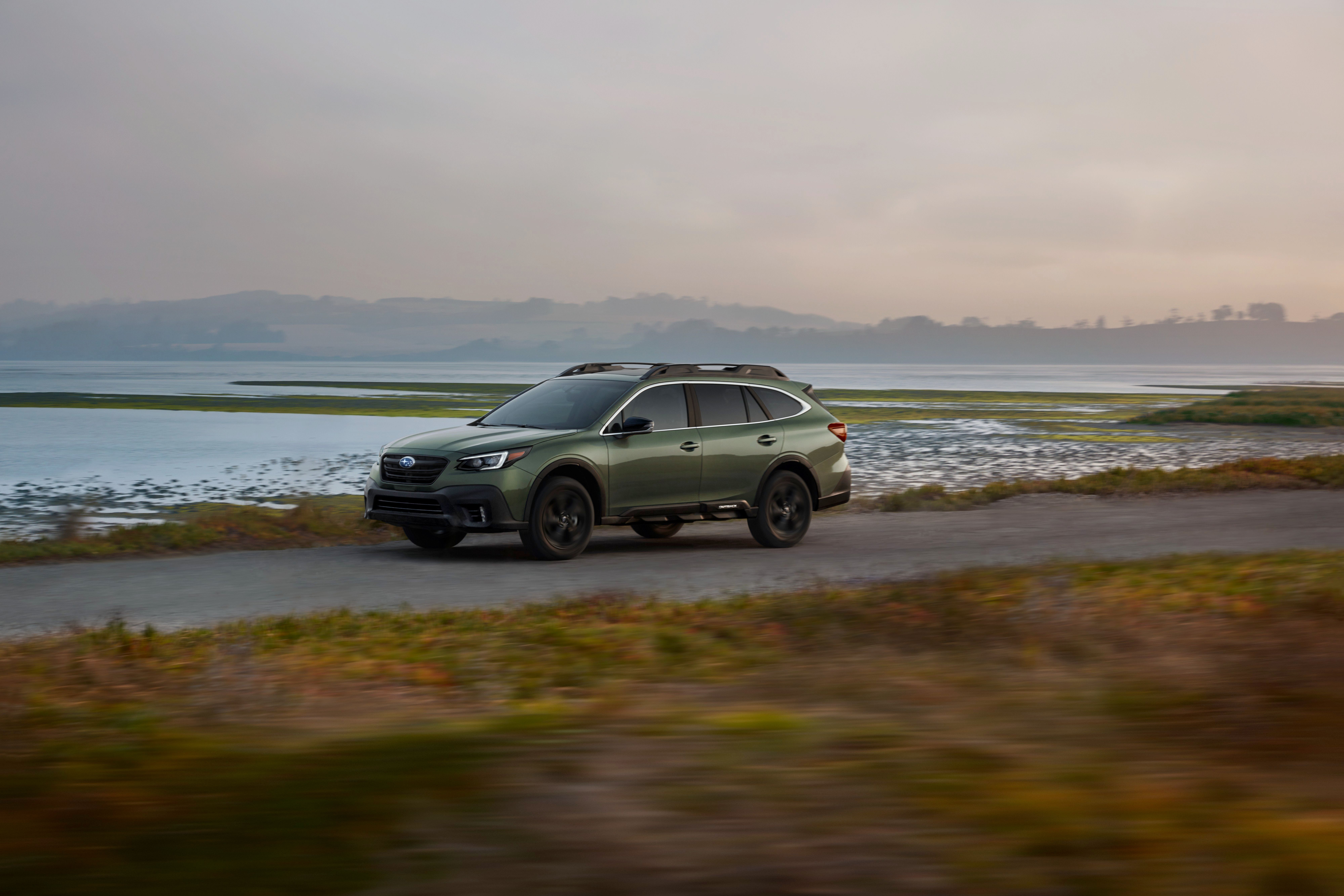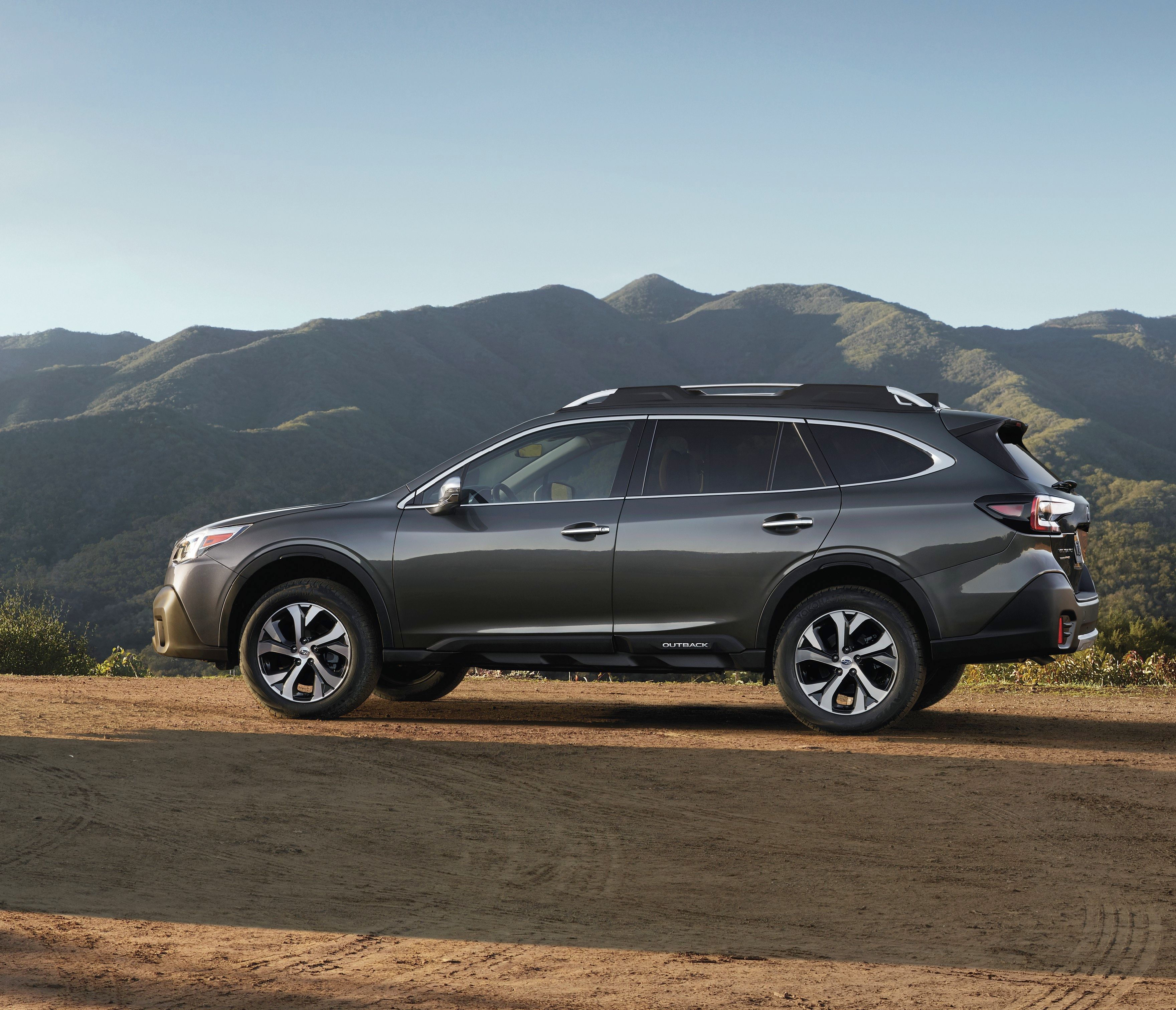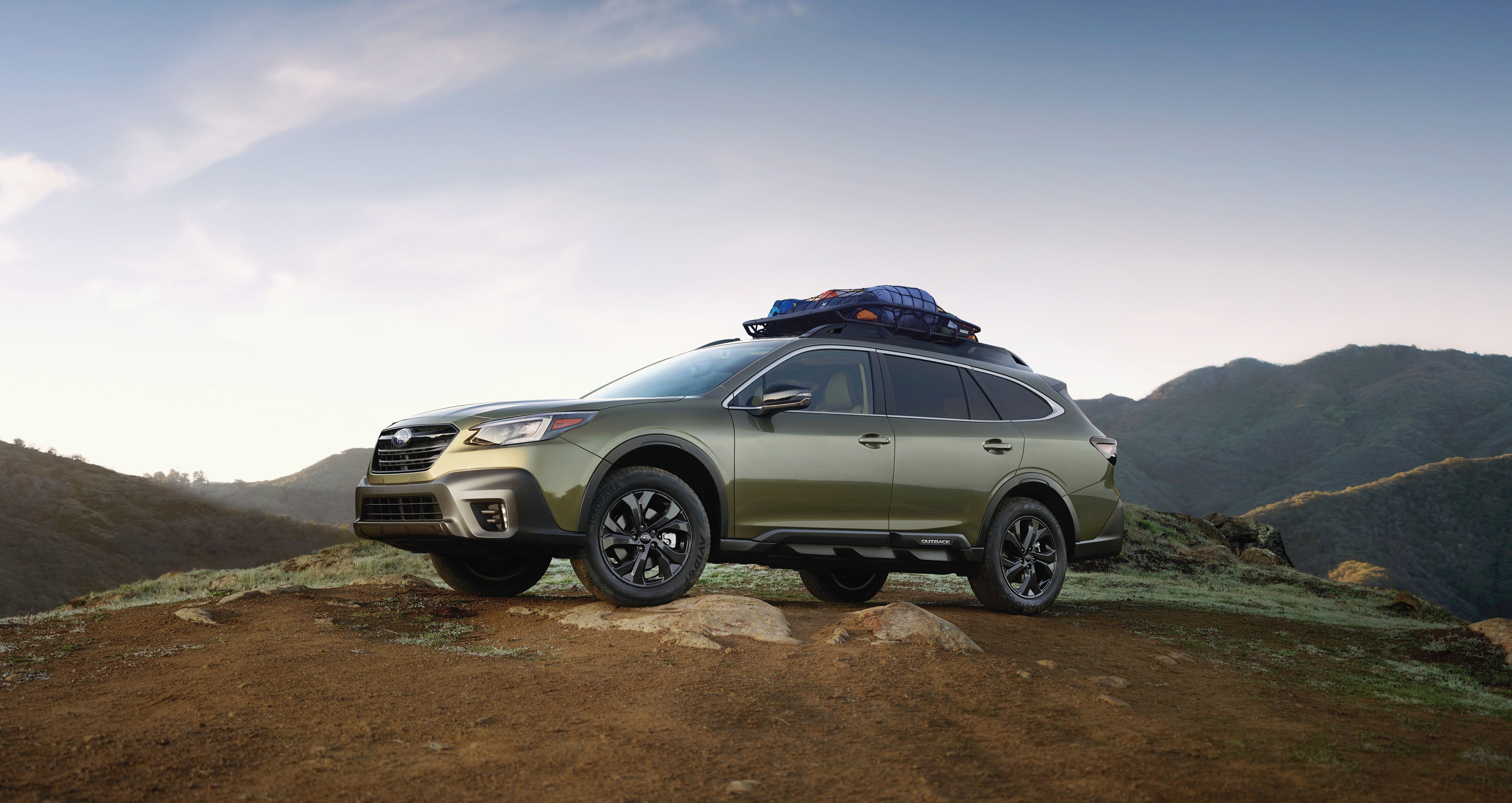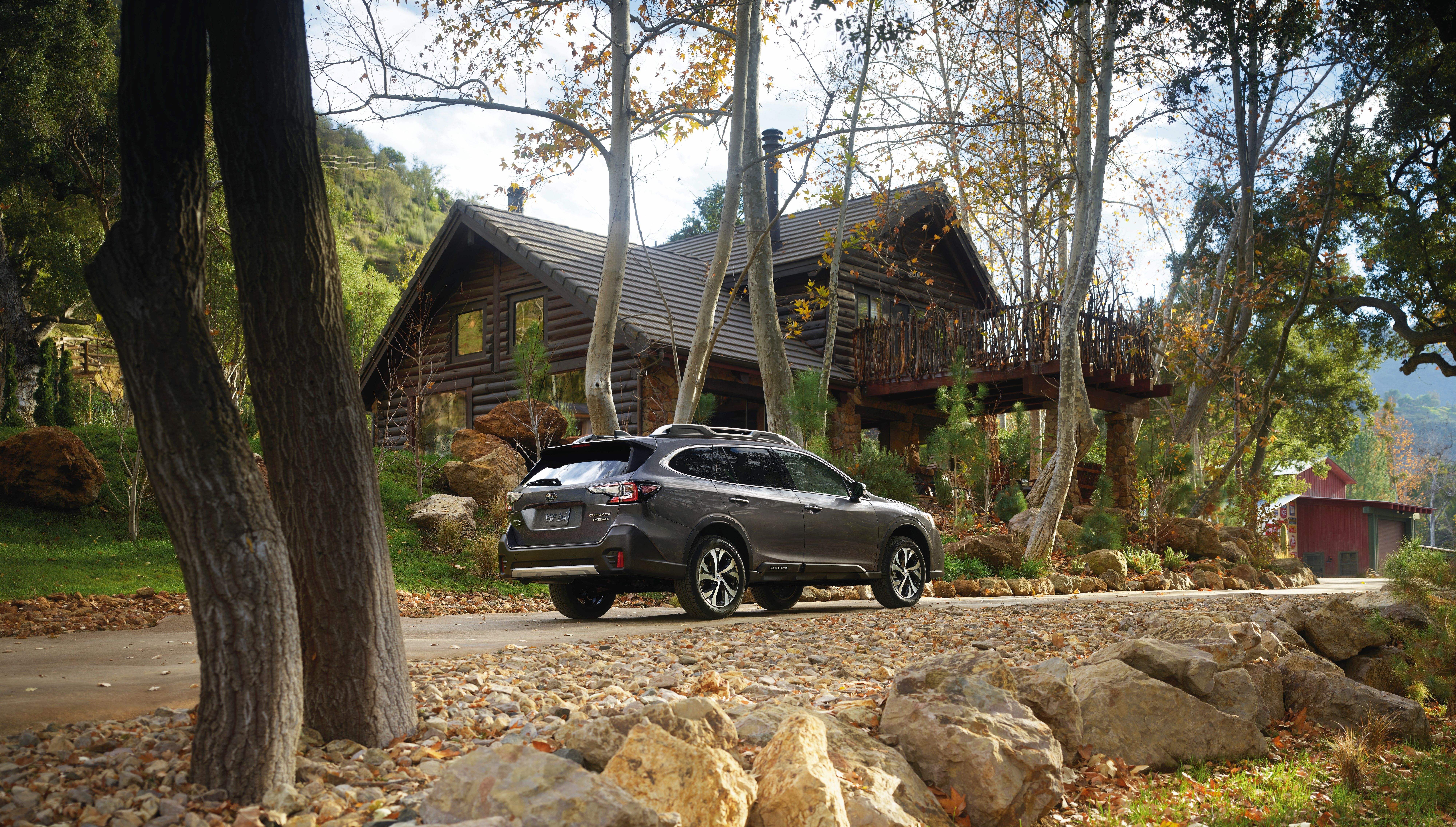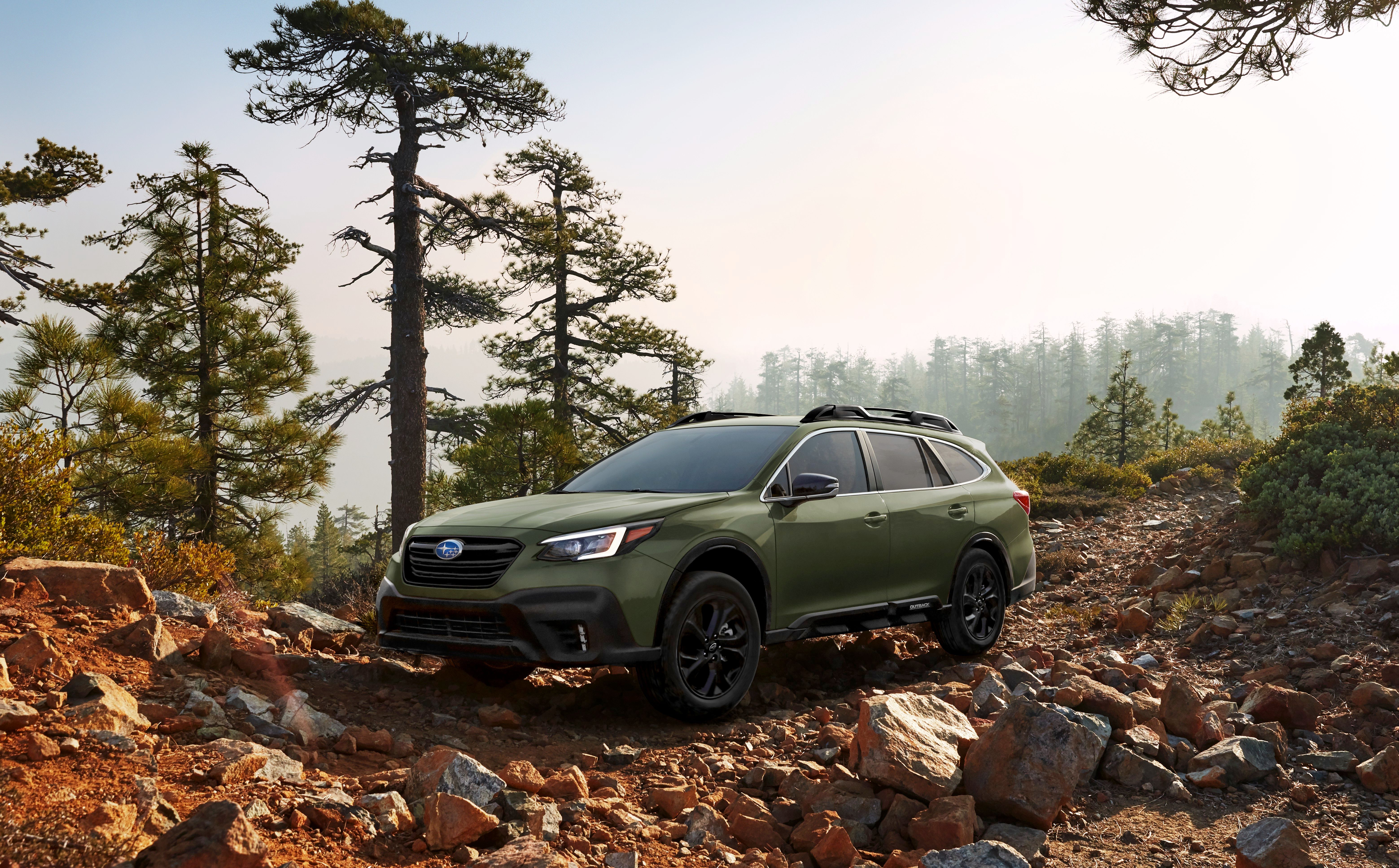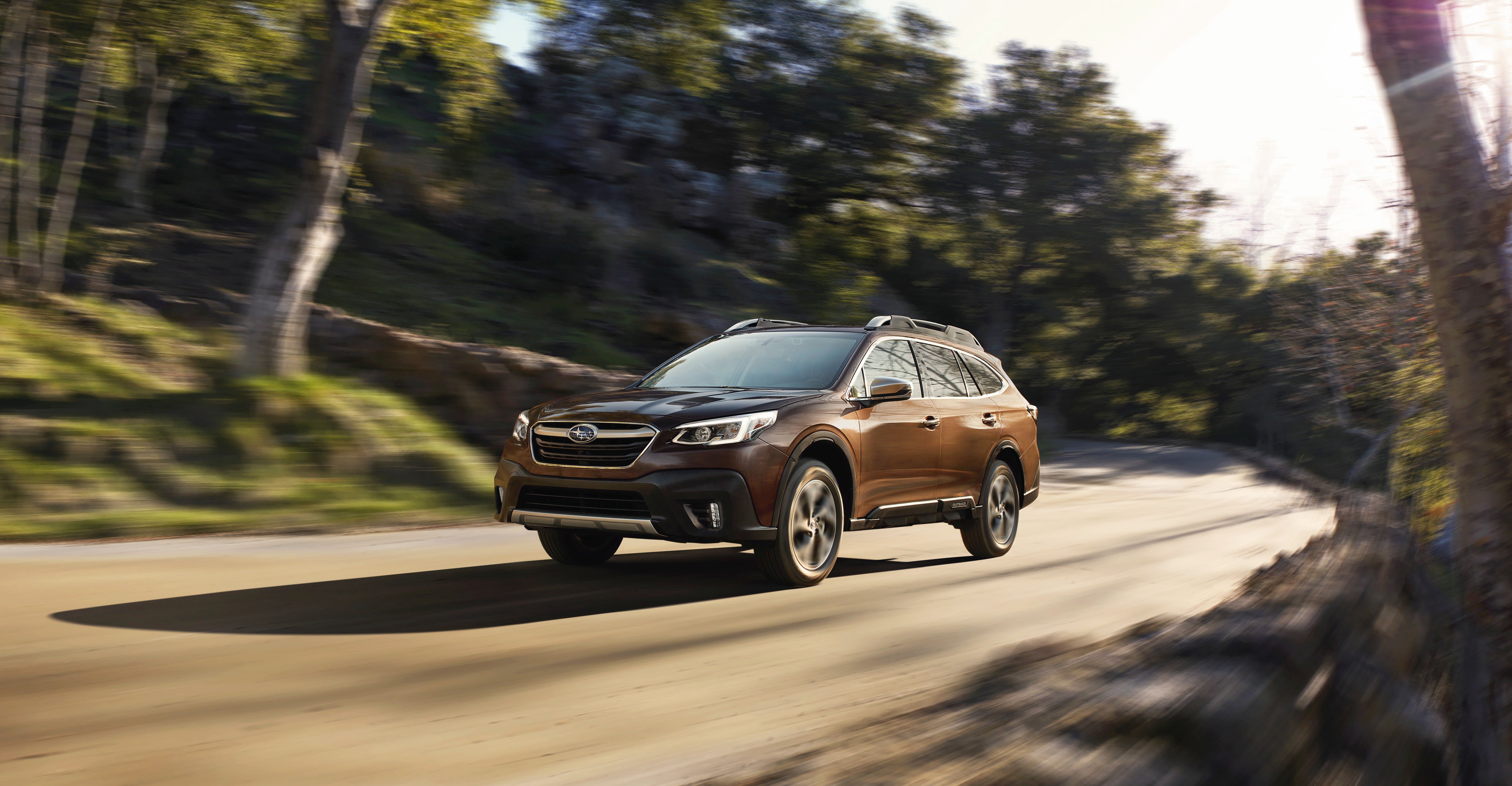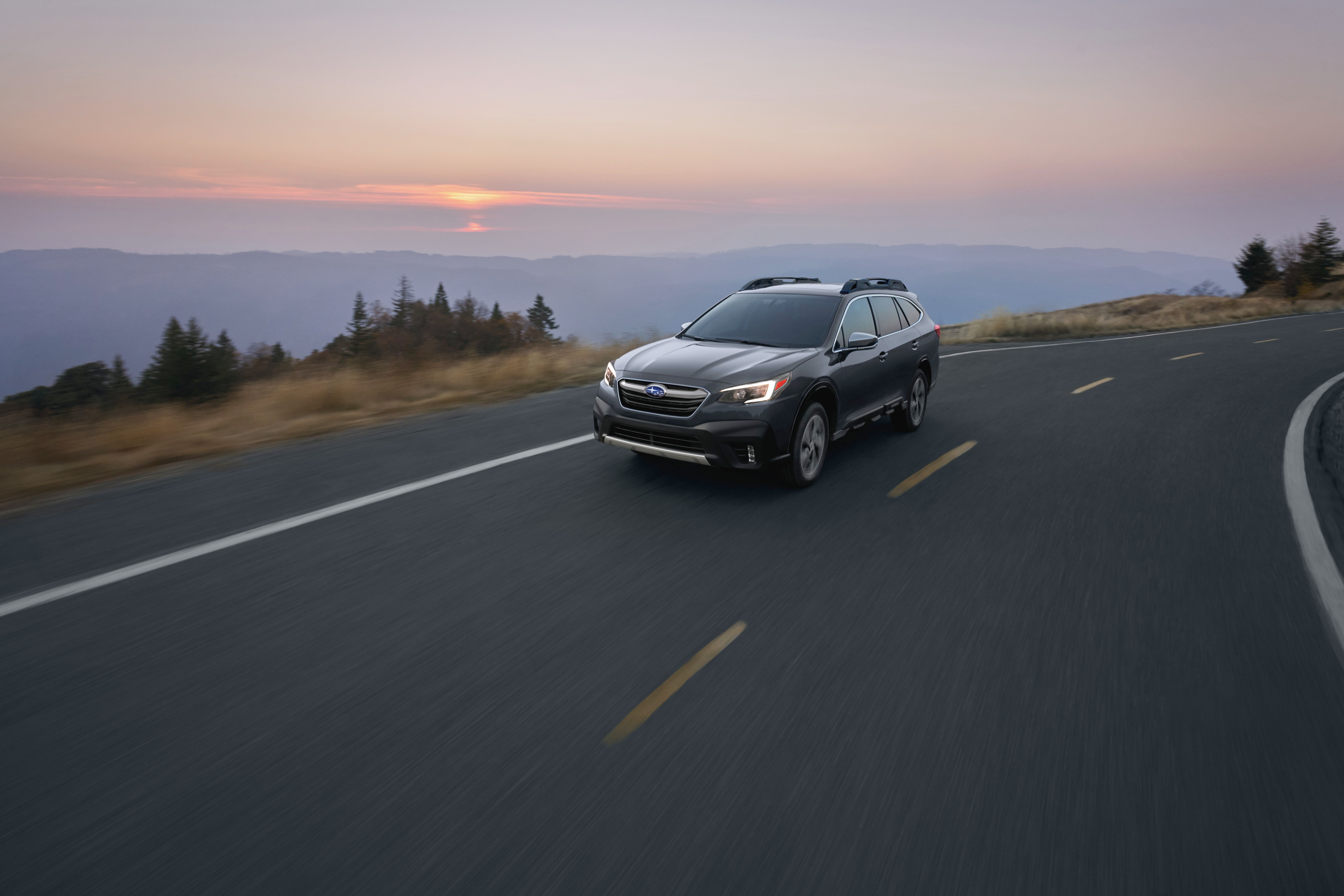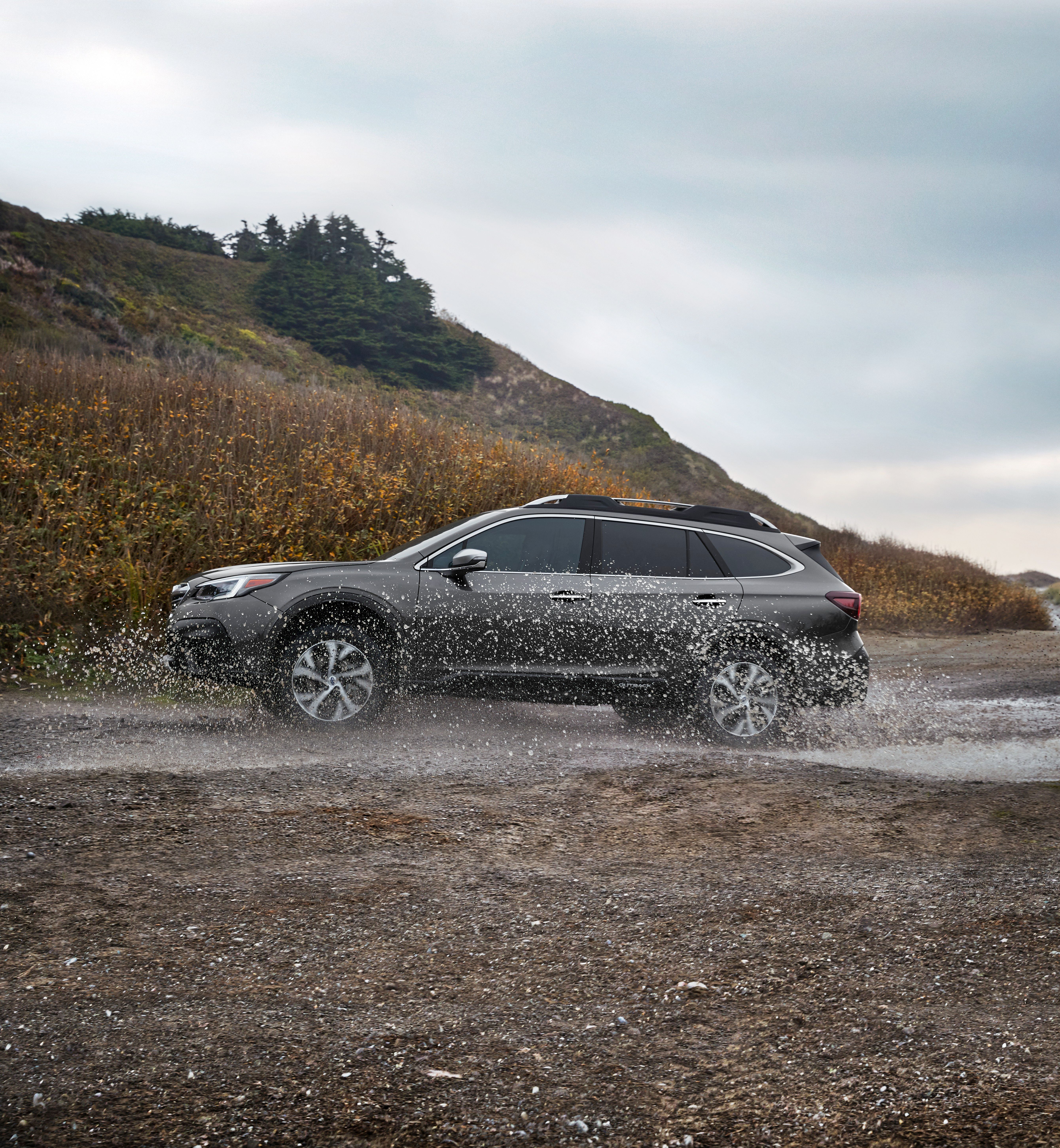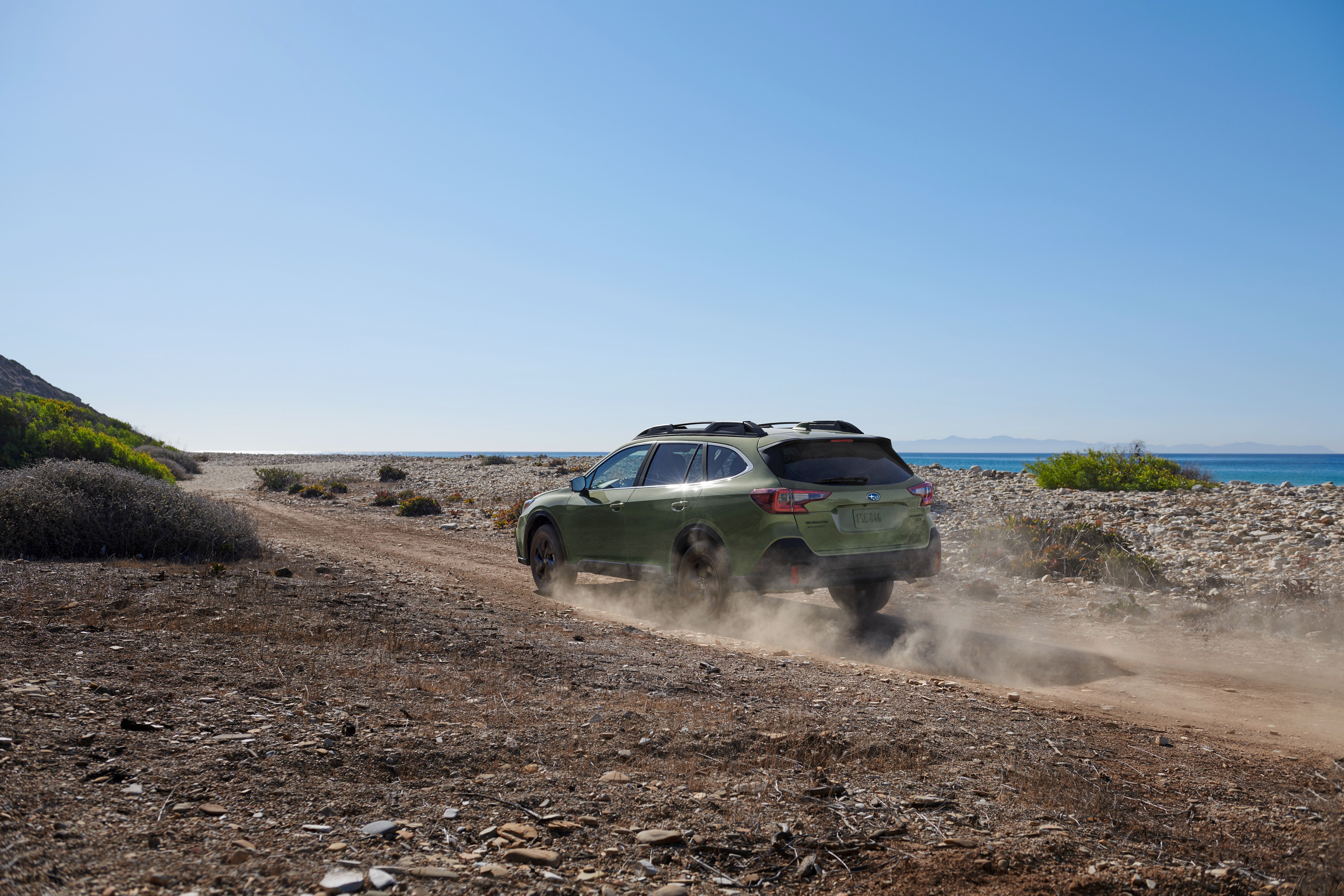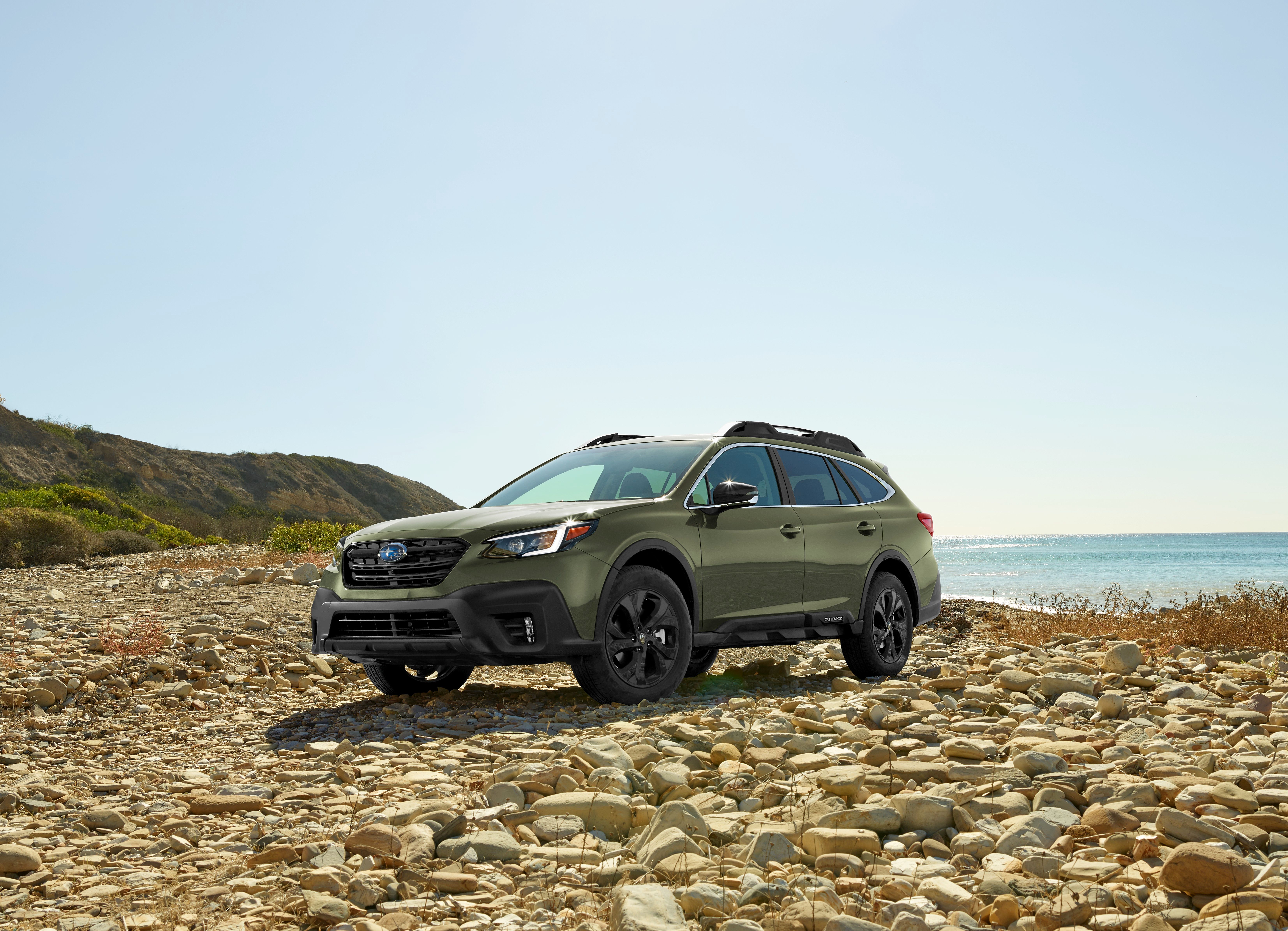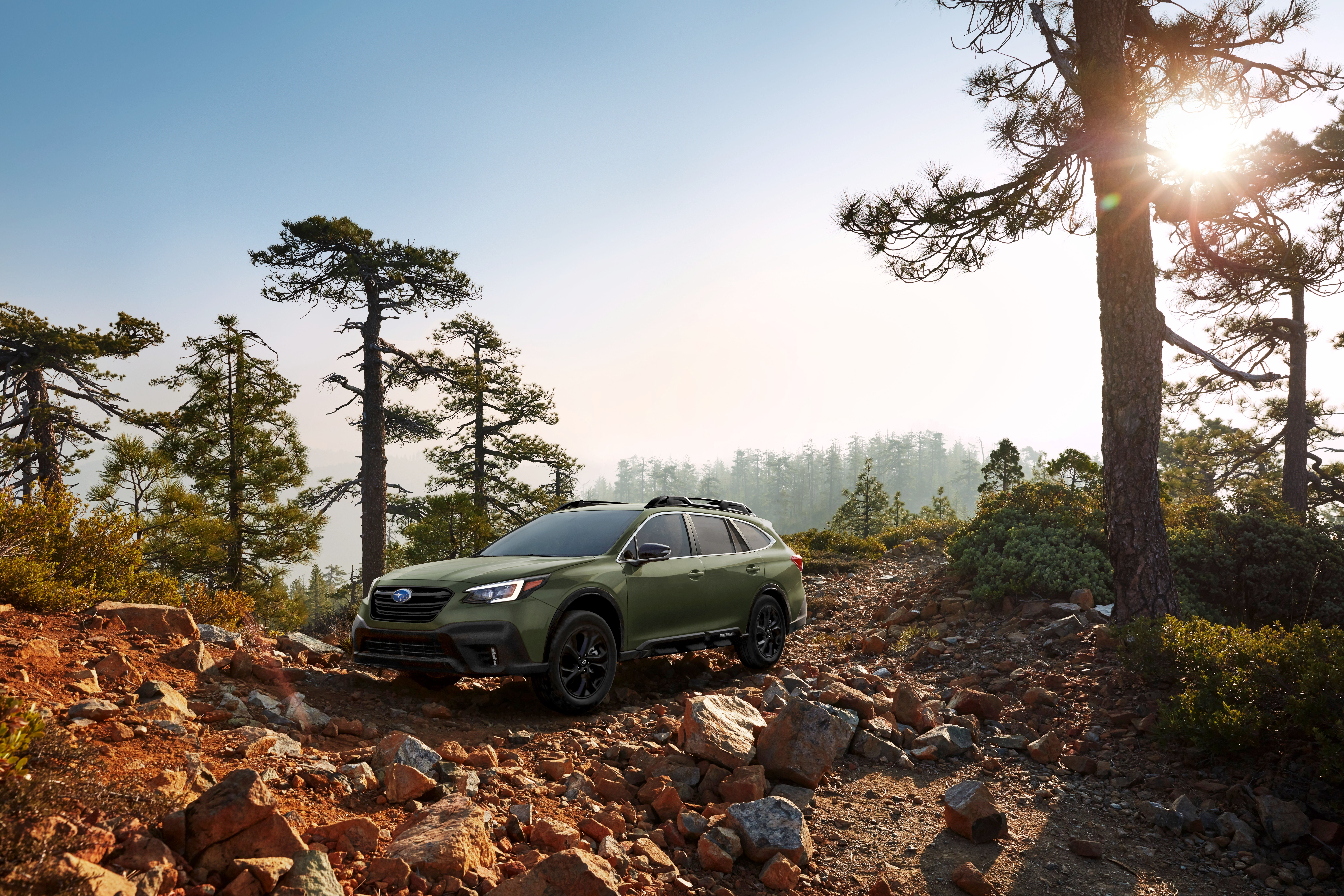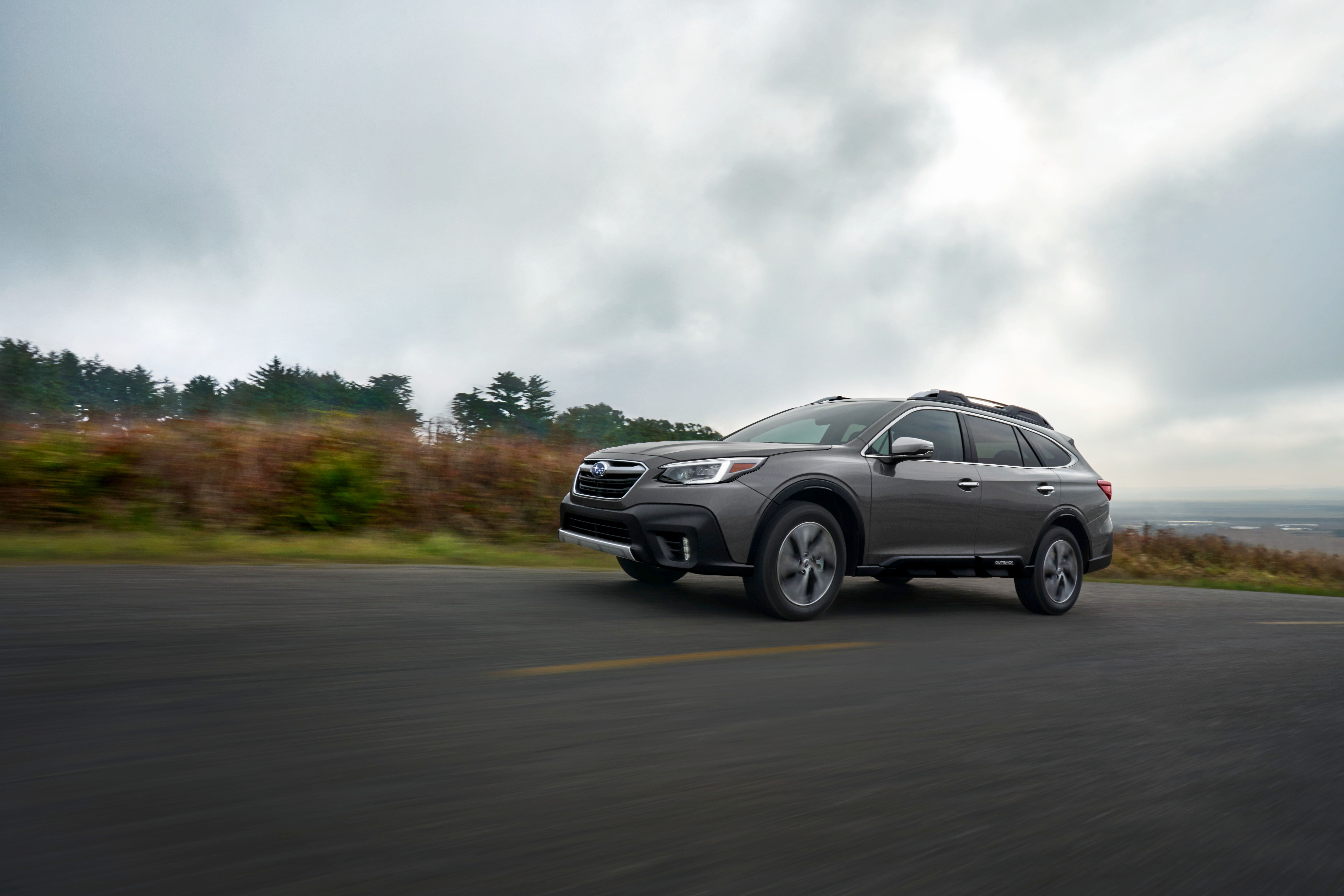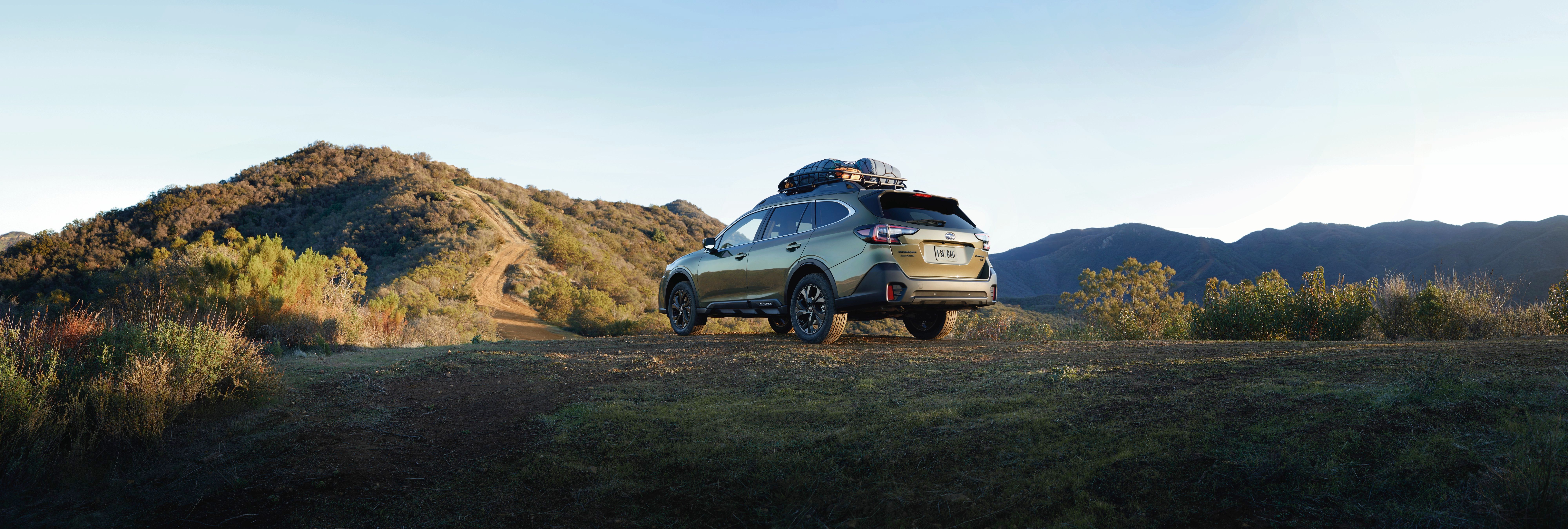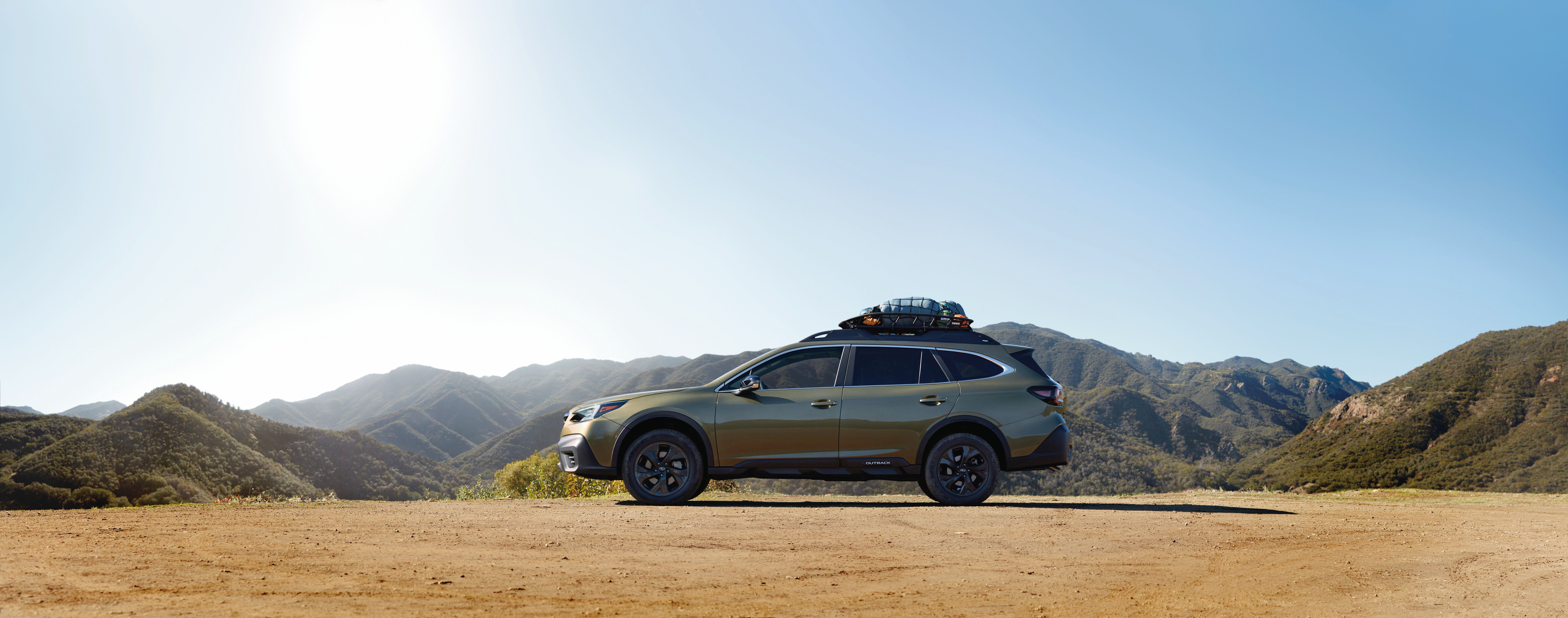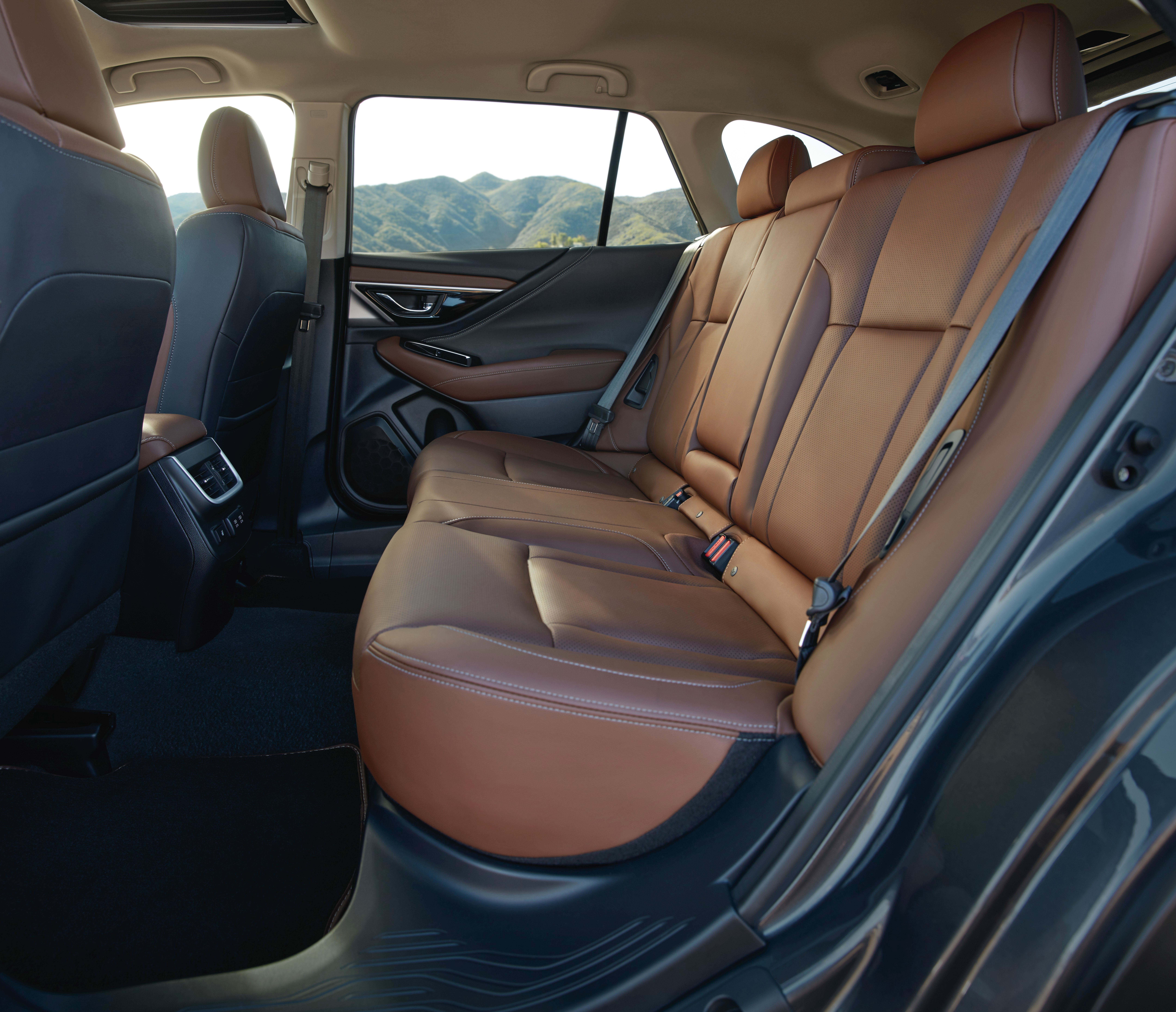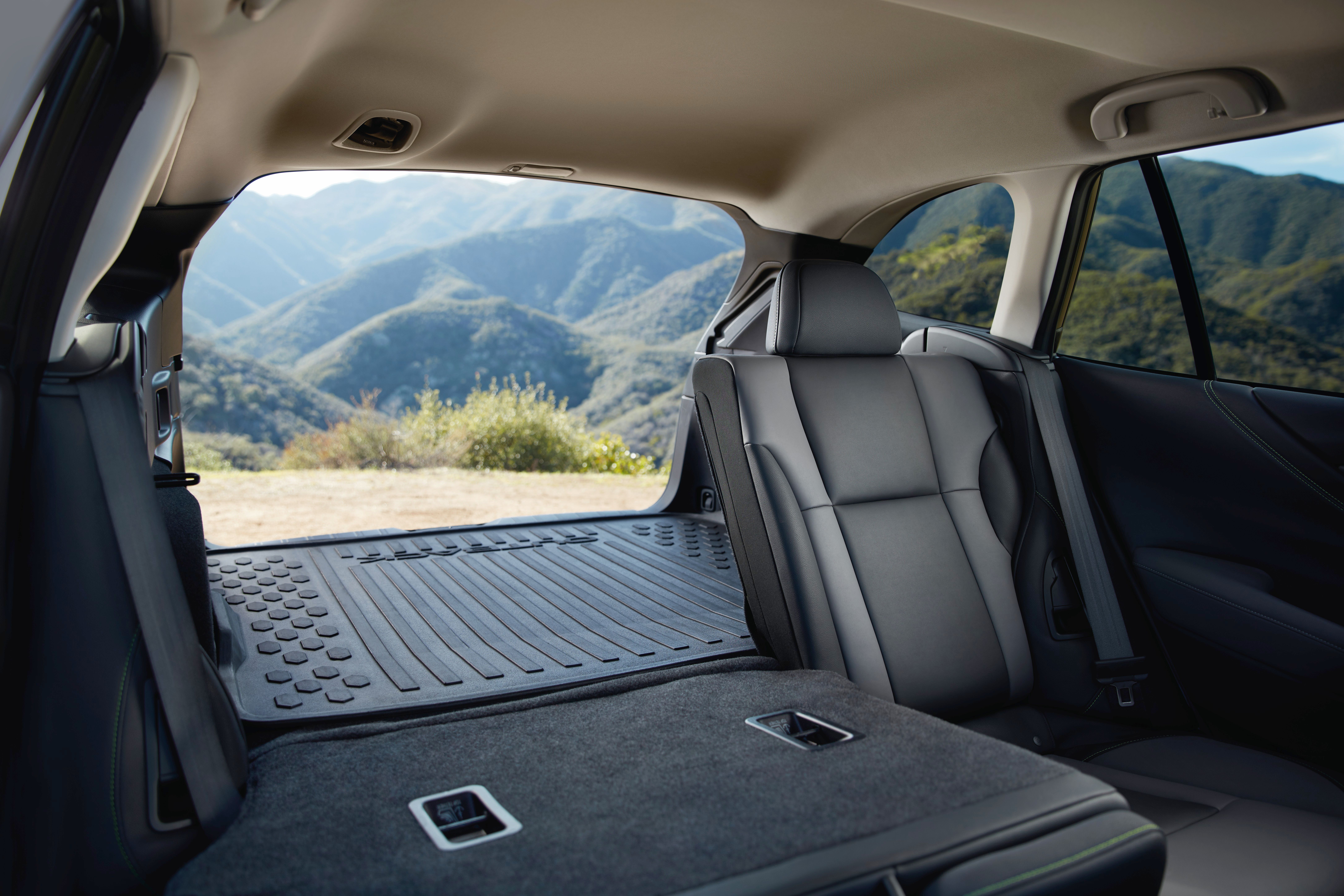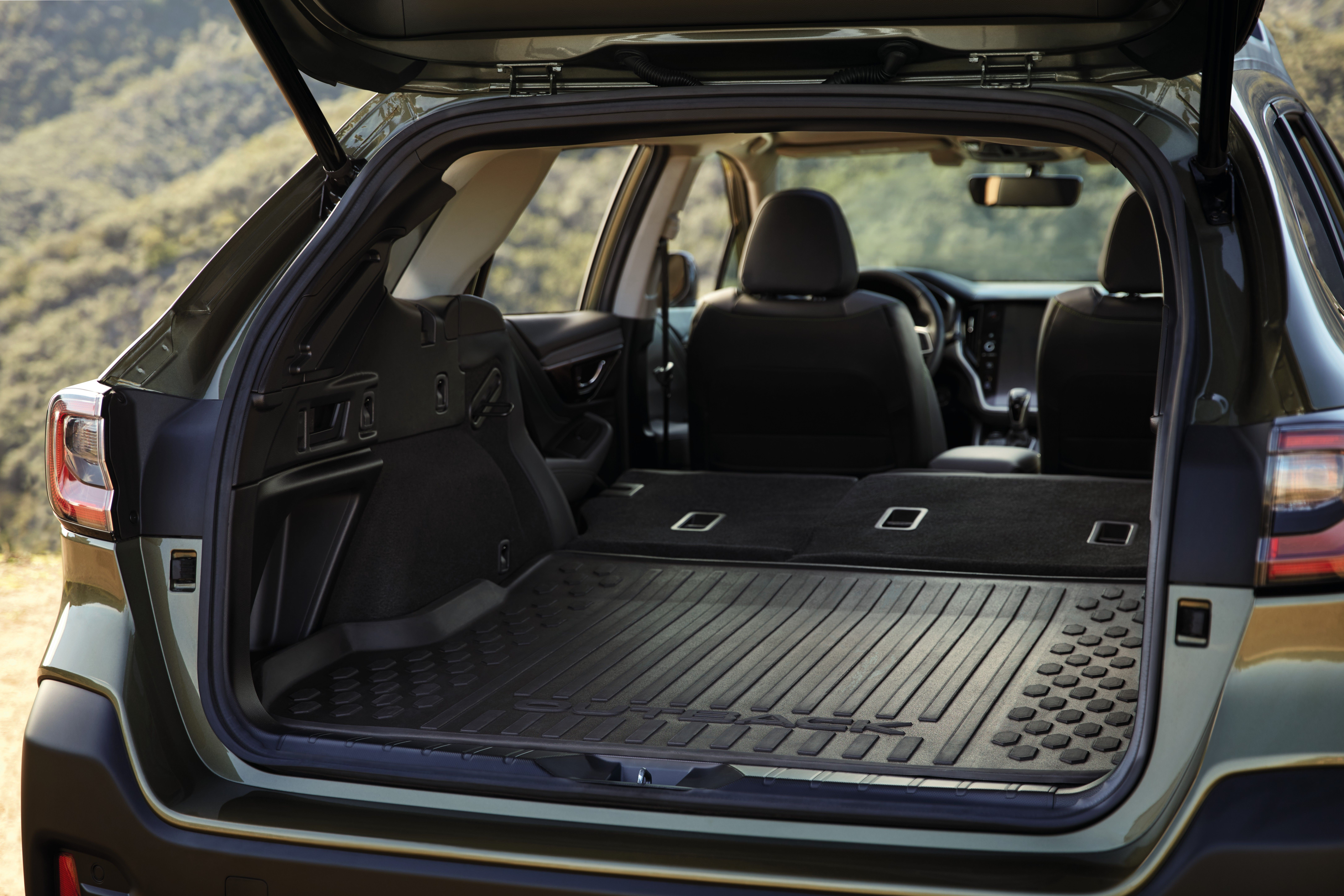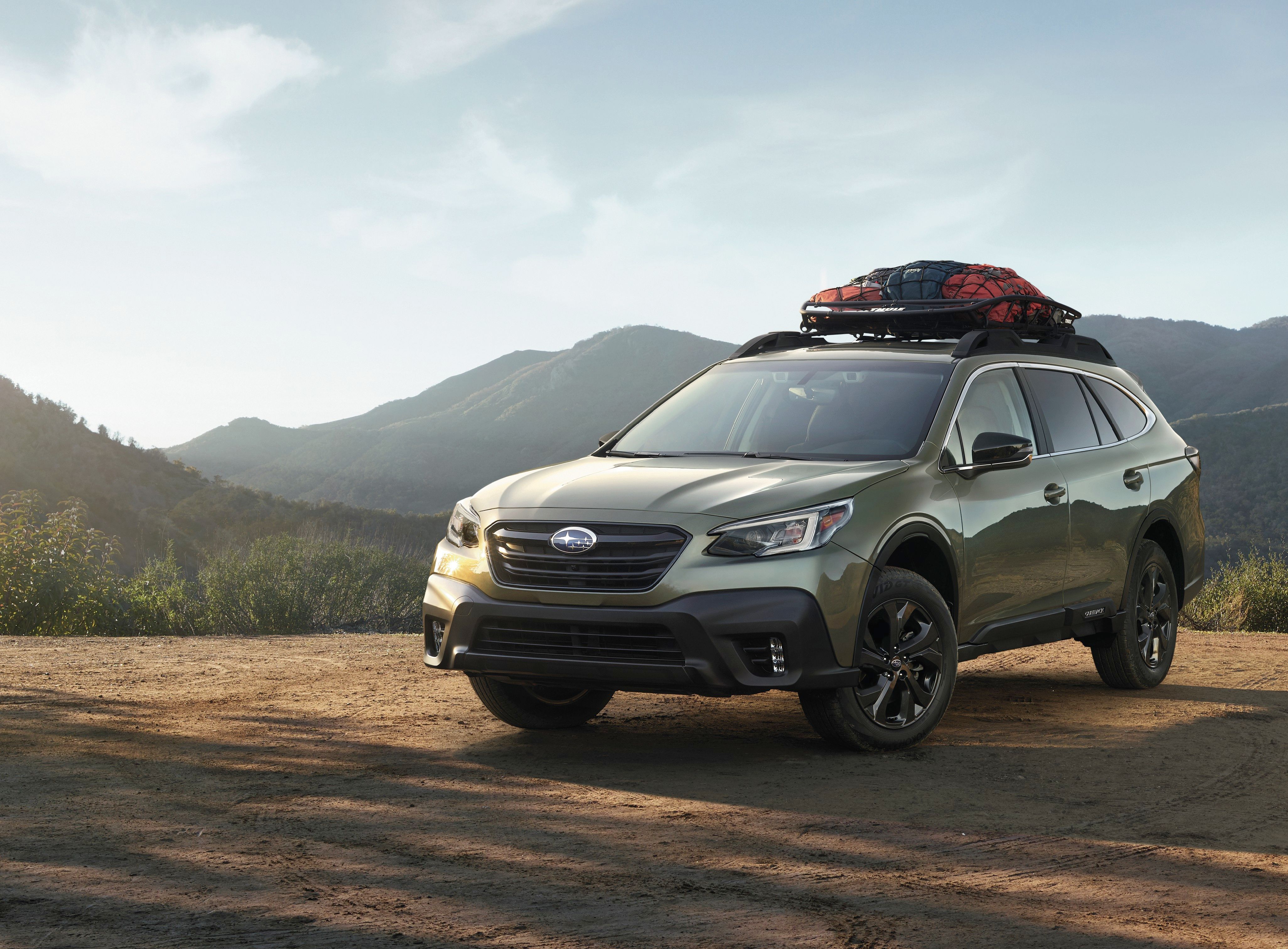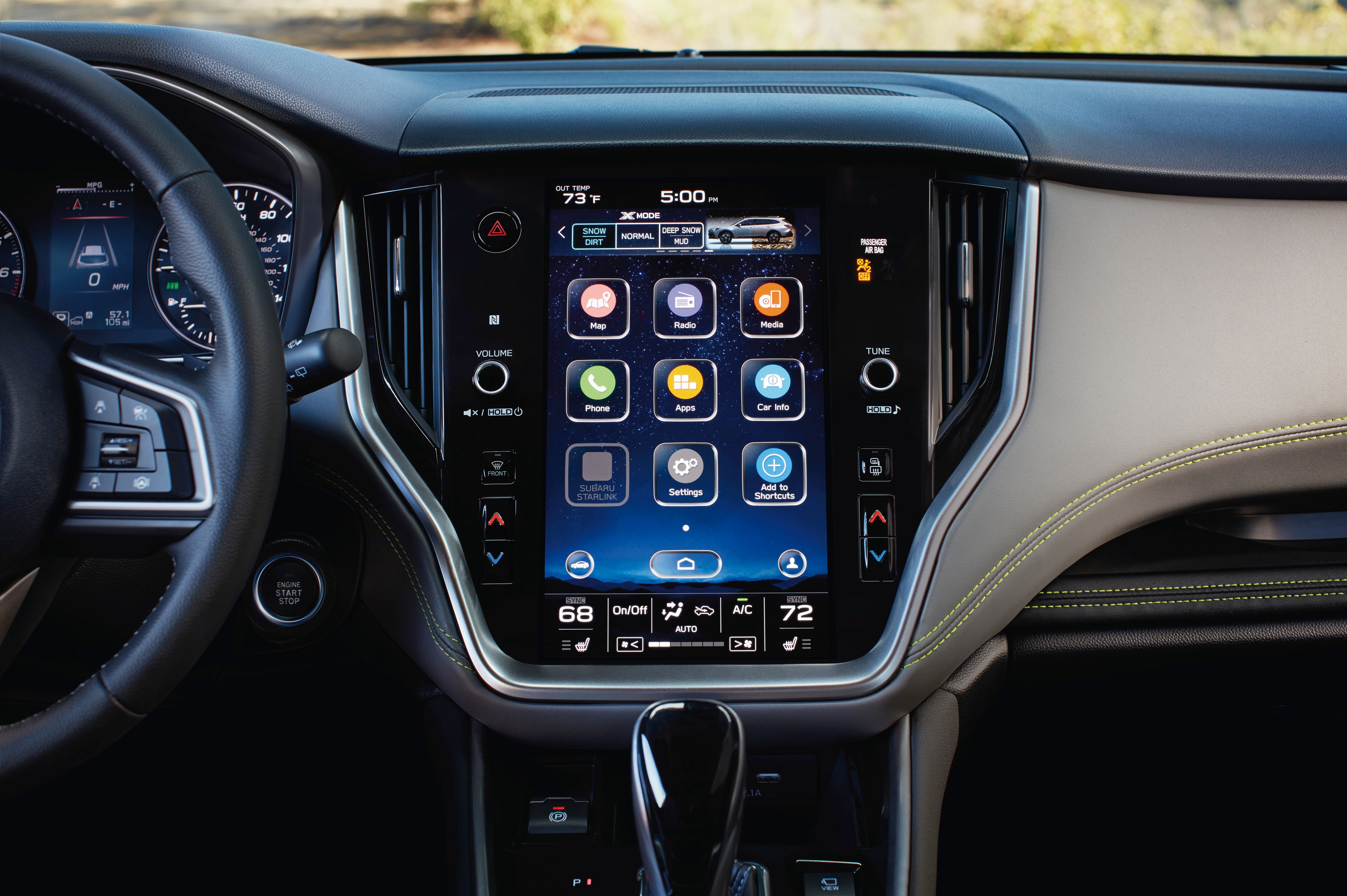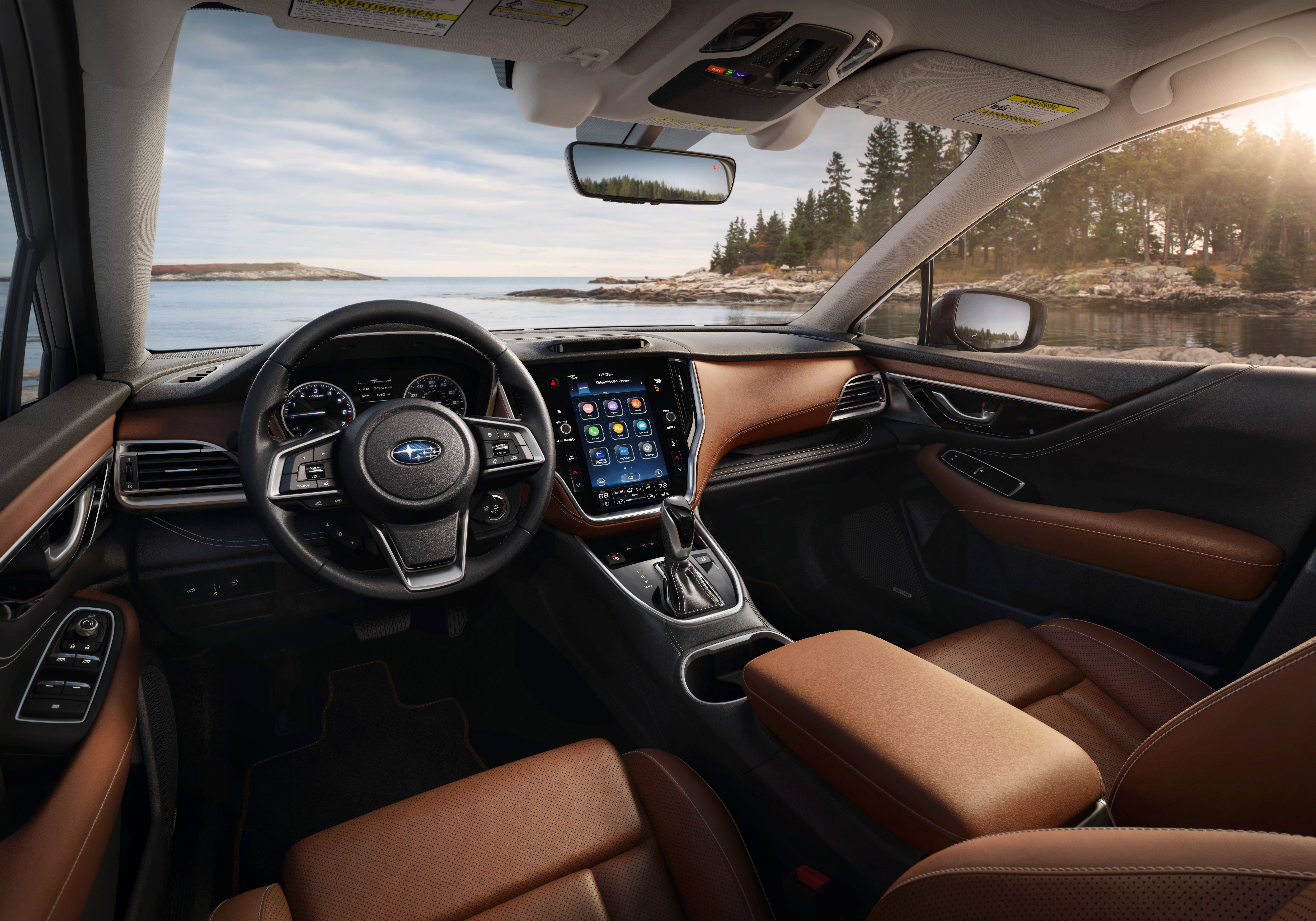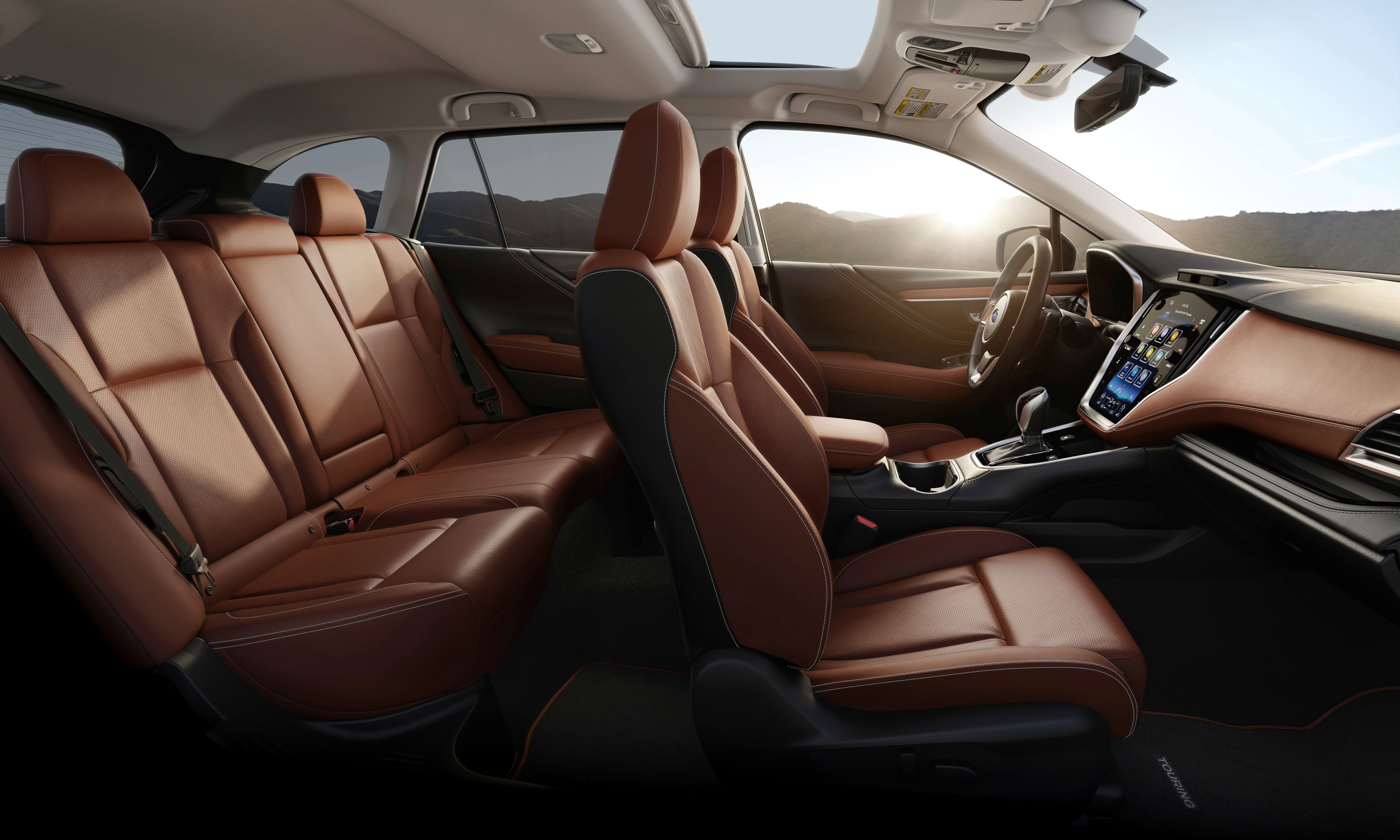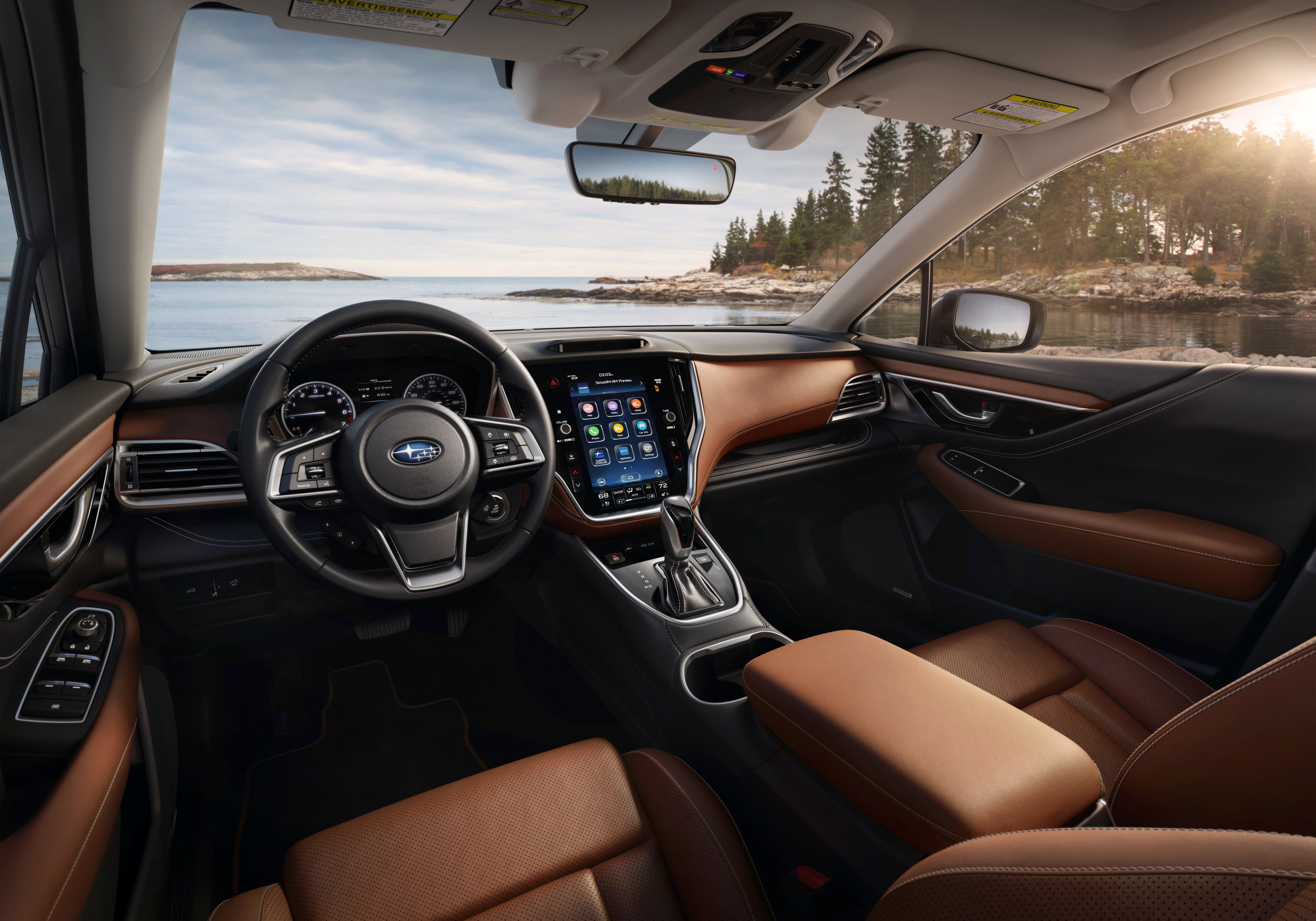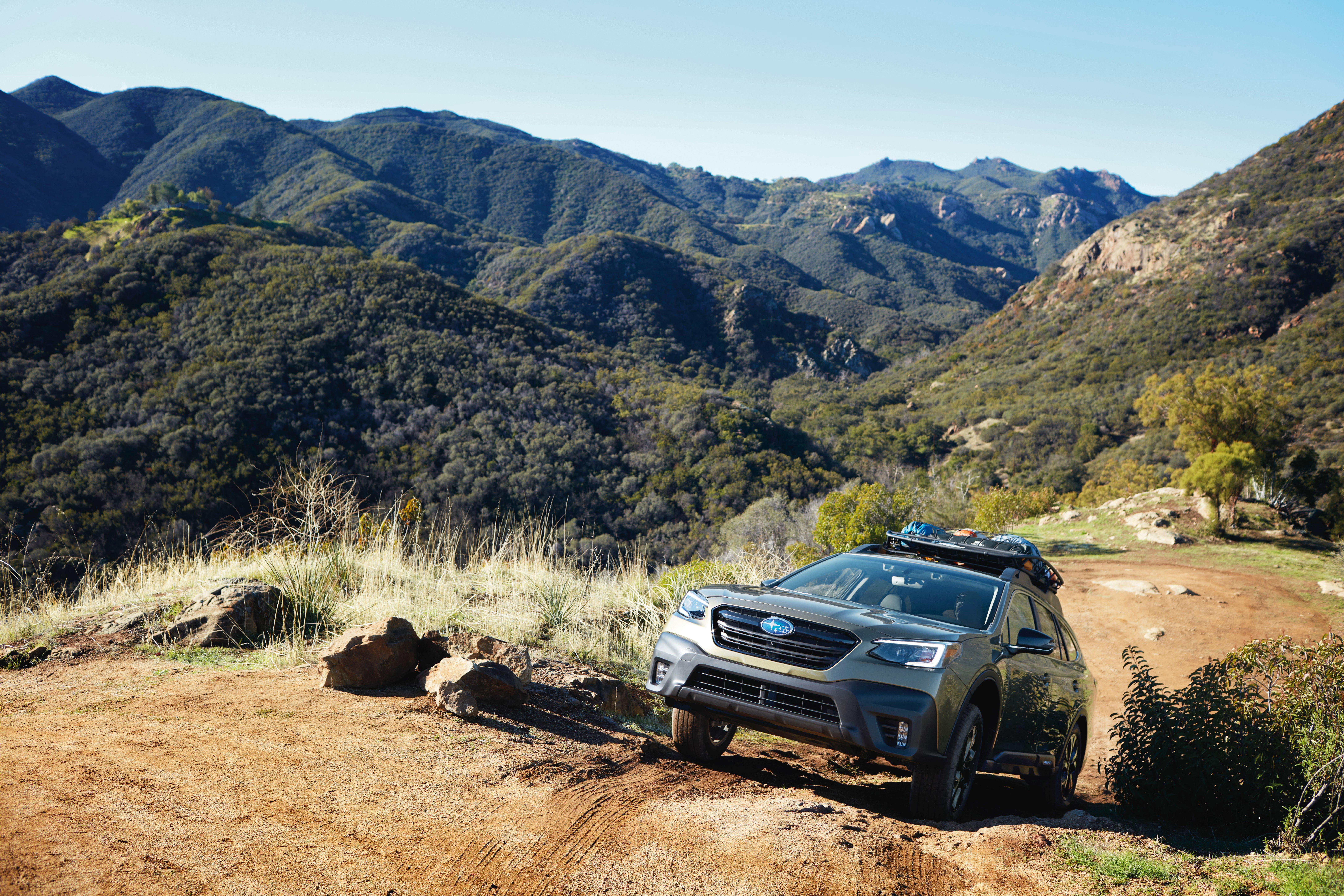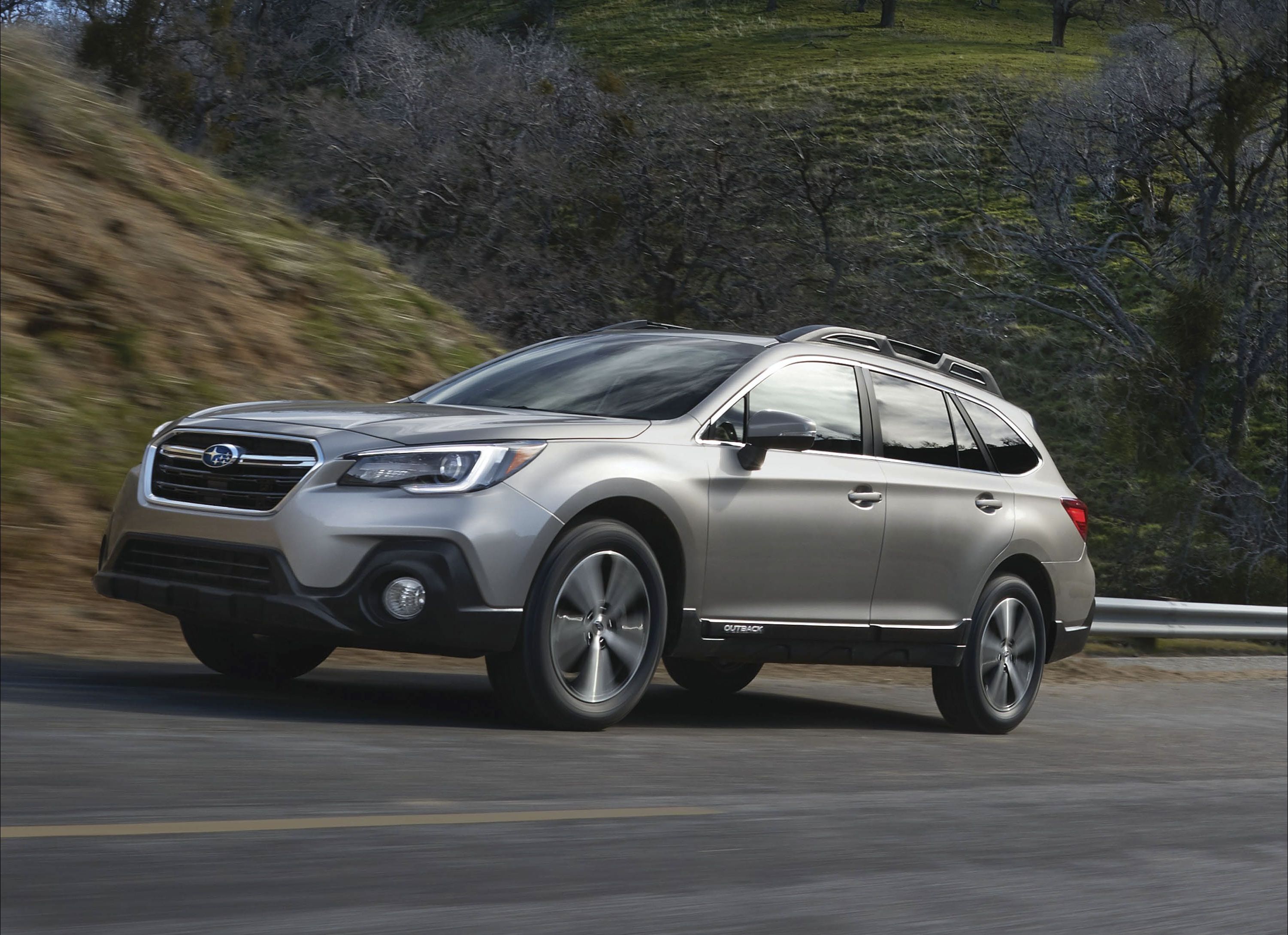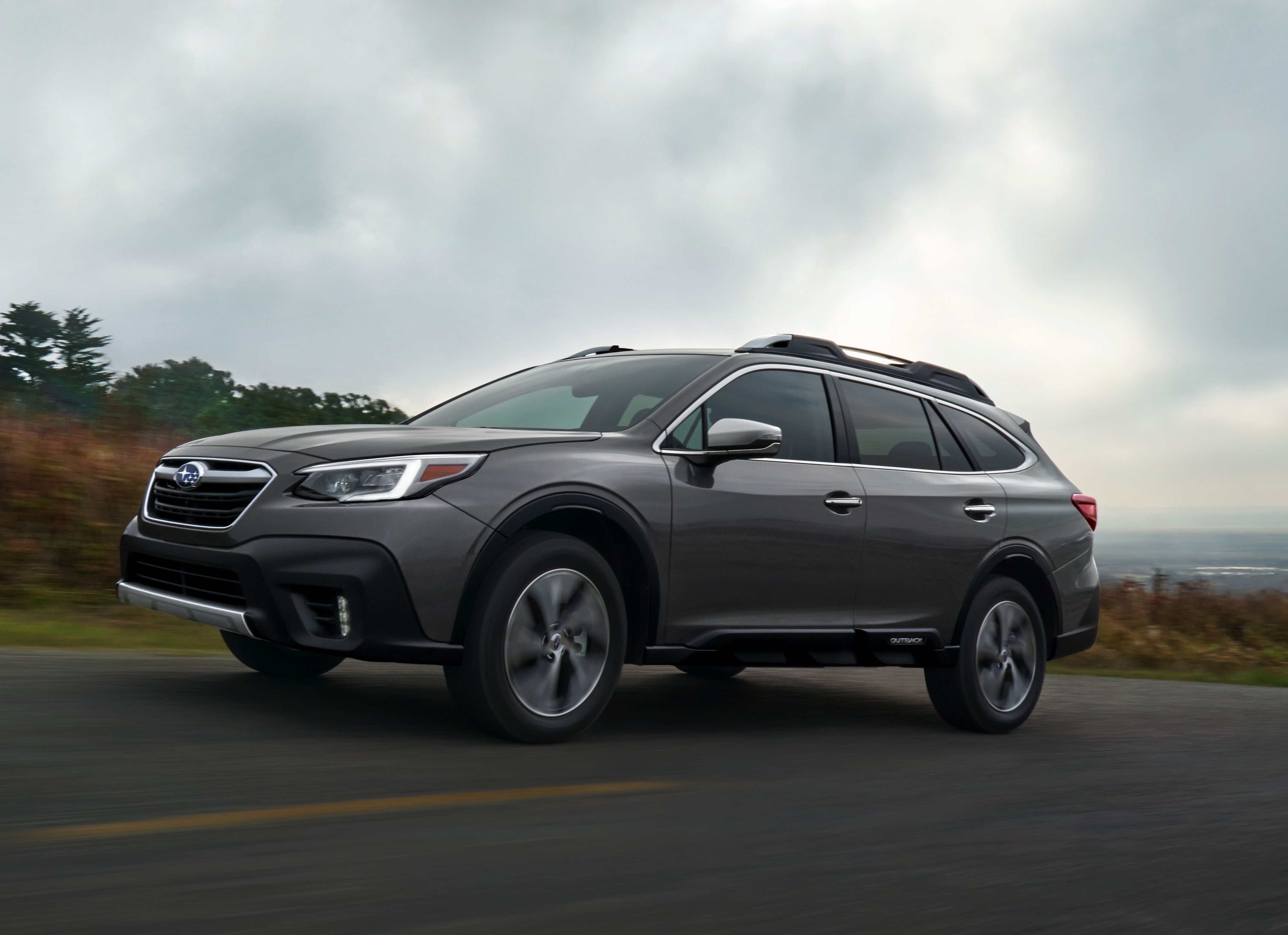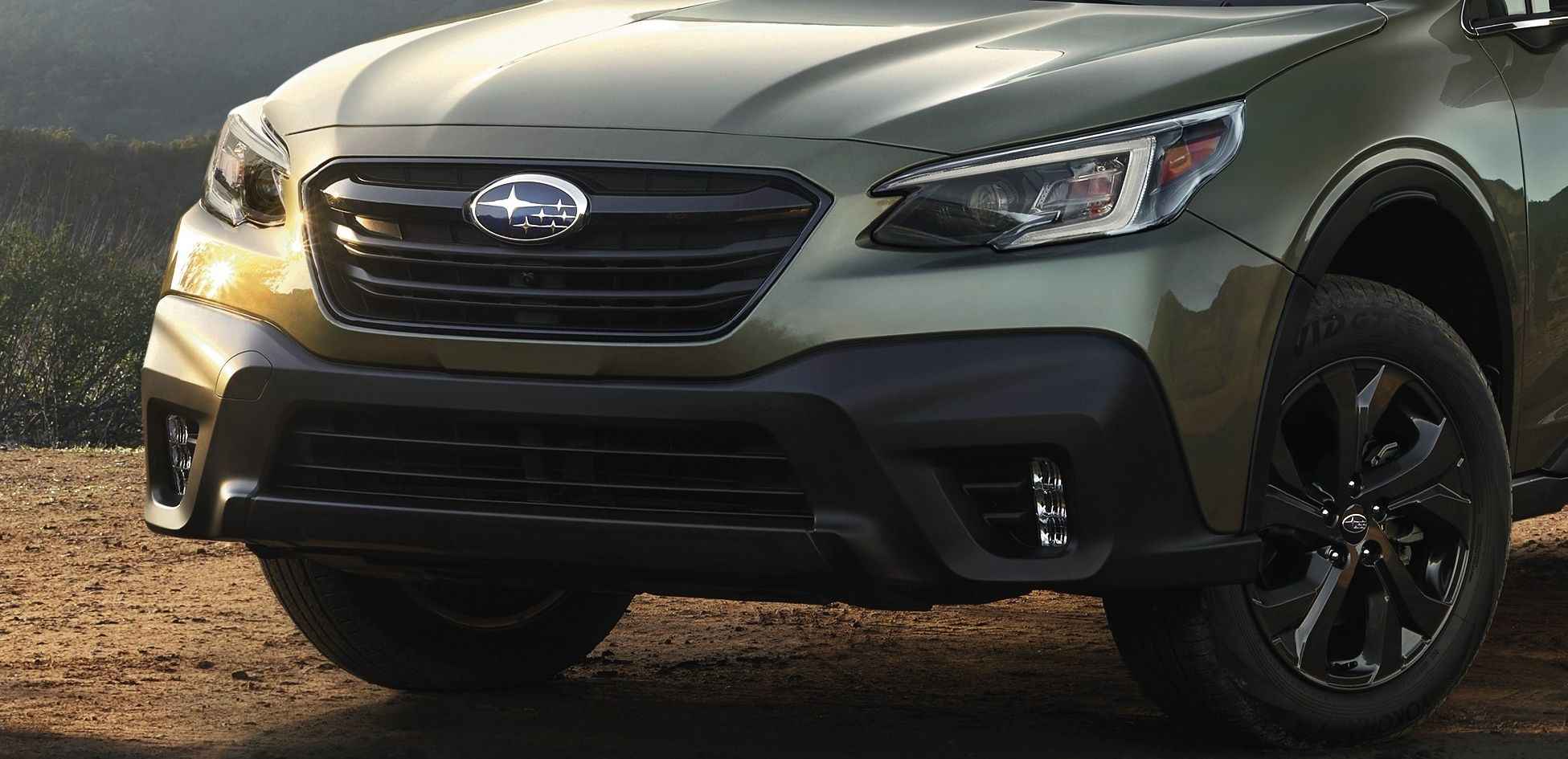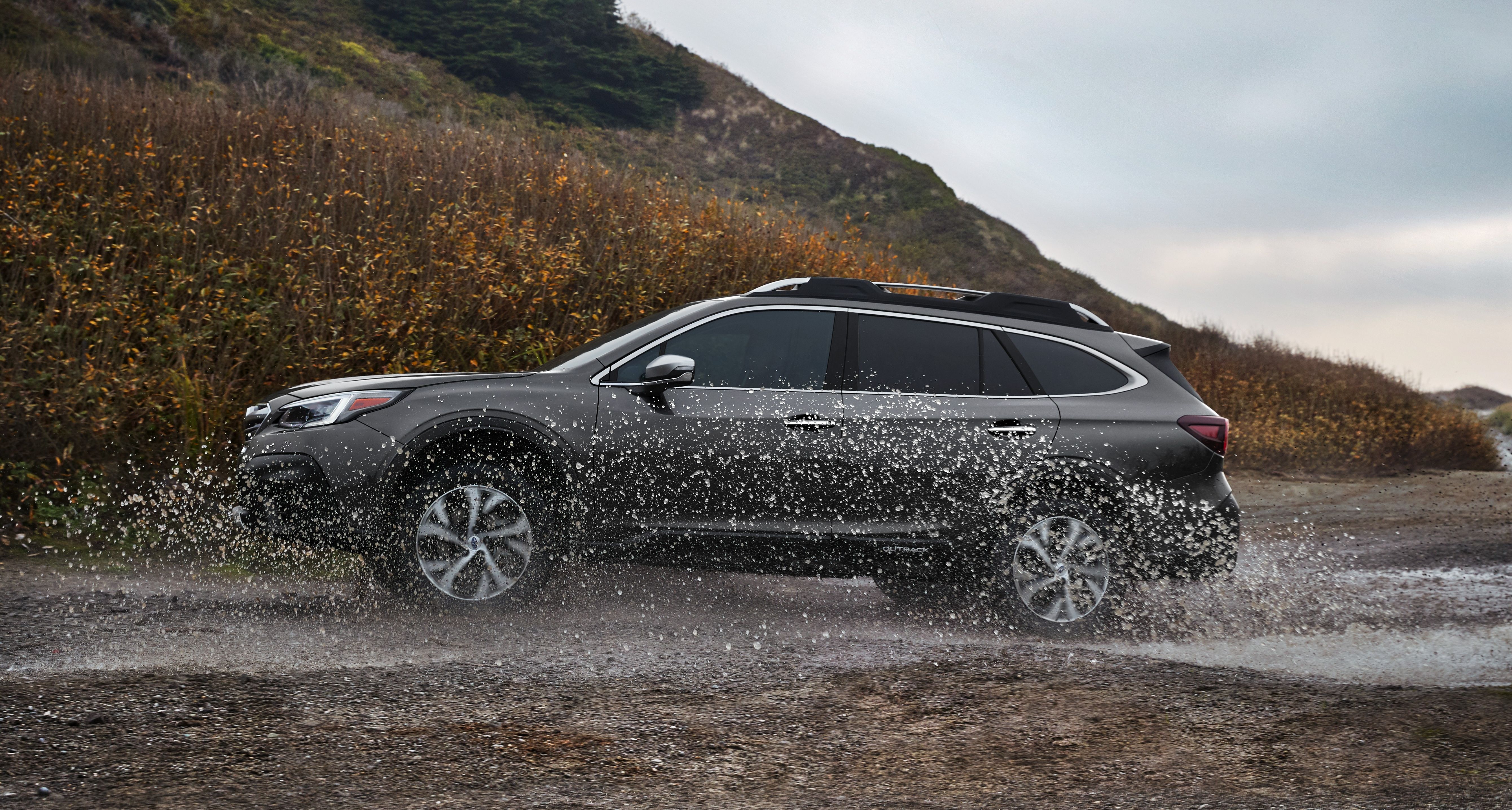The Subaru Outback is one of Subaru's best-selling models in its biggest market in the world, the American one. The sixth-generation model was unveiled at the 2019 New York Auto Show and, as expected, it's an evolution of the car it replaces rather than a revolution to the extent that you need to be quite the automotive detective to find the differences between the older model and the new one. But the Outback is riding on a winning formula so Subaru had no reason to rush and change it.
As you know, the new Forester will come next year along with the new seventh-generation Legacy to which it will still be linked. Both cars, as well as the Outback, will sit on the new Subaru Global Platform which should ensure better handling thanks to a lower center of gravity, increased structural rigidity and versatility. The Outback will still be classified as a crossover rather than a station wagon, a move that was made when the fifth-generation model was unveiled back in 2015 when the Outback gained some much-needed inches for more room inside.
Subaru previewed the design direction of the new Outback with the Viziv Concept Tourer, but none of us thought we'll see anything that sporty hit the production line. Of course, some design cues have been broadly carried over, albeit toned down a few notches, but, overall, what you see is the result of 25 years of refinement that made the Outback into what it is today: a combo between the dying breed of station wagons and the booming breed of compact crossovers that brings together the best of both worlds.
The 2020 Outback will be available with a choice of two engines, a 2.4-liter, turbocharged boxer unit, and a 2.5-liter, naturally aspirated one with less power that will be fitted to the entry-level version. Both will be mated to a CVT transmission and symmetrical AWD is standard, Subaru boasting with up to 33 mpg fuel economy with the more economical mill under the hood.
2020 Subaru Outback
- Make: Array
- Model: 2020 Subaru Outback
- [do not use] Vehicle Model: Array
Exterior
If you happen to check out Subaru's website, you'll be astounded at the amount of stuff Subaru says the new Outback excels at: it is, according to the Japanese automaker, "the most adventurous, most reliable, safest, best Subaru Outback ever". Is that true or is it just over-the-top PR talk? While it's hard to quantify how "adventurous" a car is because, well, the car is as adventurous as its owner dares to be - cue the guy going camping with a Ferrari F40 - and we can't tell you how reliable it is because we're talking about a brand-new model, but it is probably the safest Outback yet. Also, if we were to continue the line of epithets, we may say the 2020 Outback is the "most conservative Outback yet" since it's the one that's been changed the least compared to its predecessor. But, of course, no automaker will brag with showing a bit of laziness in the design department, instead going for the "if it ain't broke, don't fix it" attitude.
Below the main grille and the multi-faceted and extra pointy light clusters, the plastic surround that covers much of the front bumper for that essential outdoorsy appearance that characterizes any Outback is hiding some new bits. The trapezoidal grille with its two horizontal bars, however, isn't one of them. What's new stands on either side of this secondary grille, namely the fog lights that are now placed within a vertical strip housed by the outboard inlets. Previously, the fog lights were round and there was no room for some added air vents on the sides. What is more, the shape of the plastic surround is different as it covers more of the front fascia than before and it has a more linear upper border that no longer goes up and down like before.
In the back, the Outback looks a bit more modern thanks to some updated taillights with a blacked-out background. The shape of the rear light clusters is different too, with the top bit featuring an upward slope towards the top edge unlike on the old model where the inner edge had a downward slope. Again, the plastic surrounds are chunkier as they take up the entire space below the trunk lid.
Interior
If Subaru didn't really bother to change the clothes of the Outback, it did go in with a plan on how to change the look of the interior and that the Japenese company did do. The steering wheel is the same with buttons all over the two spokes to your left and to your right, but the dash has been redesigned. Take a look, for example, at the center console and you'll see that the air vents, which used to be placed next to one another just above the infotainment screen now sit on either side of the screen - regardless of trim level and screen size - in a vertical position bordered by a premium-looking polished frame that wraps the whole center console and goes down below to also wrap the area around the selector of the CVT transmission.
Other safety features include LED Steering Responsive Headlamps; Reverse Automatic Braking; Blind Spot Detection with Lane Change Assist and Rear Cross Traffic Alert
The infotainment system is Subaru's own Starlink system that is compatible with both Apple CarPlay and Android Auto although phone integration isn't standard. You can also benefit from over-the-air updates to the infotainment system that can be optioned with the Chimani app, a "comprehensive guide to more than 400 national parks in the U.S. that includes park history and highlights written by local traveler experts." The range-topping Touring XT trim level comes with TomTom-powered navigation, a 12-speaker Harman Kardon audio system, and integrated Wi-Fi.
Drivetrain
First, let's take a look back at the Outback that will now sit in a retirement home. It comes with a choice of two gas-powered engines and a CVT transmission.
This new engine is a welcomed addition especially as the basic engine is a bit underwhelming. The 2.5-liter flat-four engine, which Subaru says is 90% new, makes 185 horsepower at 5,800 rpm and 176 pound-feet of torque at 4,400 rpm and relies heavily on fuel efficiency to attract buyers with an official fuel rated at 26 mpg city and 33 mpg highway. Subaru again says you can go 600 miles on more on a tank of fuel with the base engine. That's because the increase in power output is negligible - just three ponies gained with all those new parts installed. But the new engines, coupled with the new architecture and interior sound deadening will make the Outback a much quieter car, as much as three decibels quieter than before.
The eight-speed CVT transmission stays put. No manuals are to be expected for the Outback in the future although the CVT does have a manual mode function with functional flappy paddles by the steering wheel. Currently, Subaru offers a six-speed manual transmission for the Outback with the Touring trim level in Canada.
The Subaru Global Platform that underpins the Outback has been refined specifically for this model and is 70% stiffer in both torsional and front-suspension rigidity and 100% stiffer in both front lateral flexural and rear subframe rigidity compared to the previous Outback’s platform. The base Outback comes with eight airbags including a knee airbag for the driver.
Pricing
Currently, the pricing for the Outback ranges between $26,810 and $39,605. Subaru is yet to release the official list of prices but you should expect a base 2020 model year Outback to edge closer to $30,000 and then you build on that base MSRP. If you think that's a bit expensive, you are in a way right since the current Forester starts at just $24,295 while a top-of-the-line model will have you fork out about $34,295. But prices will go up when the new Forester arrives.
Competition
Audi A4 Allroad
The A4 Allroad Quattro is one of the few cars on the road that shares the Outback's original philosophy. It's the all-wheel-drive station wagon version of the A4 sedan. The Audi hasn't fully morphed into the crossover territory like the Outback has, which has an SUV-esque profile compared to the A4, but the two cars are still similar in size. The A4 Allroad measures 187 inches in length just a couple of inches shorter than the current Outback.
The A4 is, however, a lower car which means there's less headroom and less leg room in the back as well. The trunk capacity is also not particularly imposing and it's arguably less of an off-roader than the Outback is.
Read our full review on the 2018 Audi A4 Allroad Quattro.
Honda CR-V
Now that the A4 has been mentioned, a car that shares the original philosophy of the Outback, you have to also look at an SUV crossover to cover the whole range of competitors that the Outback faces and will have to face in the future. A good example is the CR-V.
The fifth generation was launched last year with a length of 180 inches and a wheelbase of 104.7 inches, so smaller than the Outback. However, the CR-V is 7 inches taller than the Subaru since it doesn't pretend to be a station wagon on steroids, rather a full-blown compact crossover SUV. It comes with four engine options, none of which extend over 190-horsepower. The best option of the four has to be the 1.5-liter inline-4 turbocharged engine with its 190-horsepower and 180 pound-feet of torque. Honda still offers a diesel with the CR-V. The car proved to be a hit, selling some 377,000 units in its first production year. It's a tough market to be in for Subaru, although the Japanese also have the Forester in the crossover SUV market to try and take a piece of the sales cake.
Read our full review on the 2017 Honda CR-V.
Final Thoughts
The Outback has been Subaru's flagship model in terms of sales, in spite of its niche position as a crossover AWD station wagon (although marketed as a full-blown crossover SUV nowadays). It's still a good choice for families that want a rugged runabout that can tackle all weather and offer great comfort and safety.
The new generation pushes to take the Outback beyond the 200,000 examples-sold-mark and you can see that Subaru is making an effort here: the interior is jam-packed with clever technology and some luxury if you want it (read two-tone Nappa leather) plus you get more cargo space, more legroom, better fuel economy with the base engine and more oomph (and better fuel economy) from the optional, meaty turbocharged boxer. It's an attractive package right now but we'll have to see how it measures up to the competition coming from Subaru's own stable, namely next year's Forester.
Further reading
Read our full review on the 2018 Subaru Outback.
Read our full review on the 2018 Subaru Viziv Tourer Concept.


